3GSM World Congress is one of the several major expos, covering the wireless technology. For the first time the event is held in Barcelona, Spain instead of its usual location in Cannes, France. About 50,000 attendees are expected, with close to 1,000 exhibitors. To make sure we are not a day late as we were for the CES 2006 show (thanks Airlines), we arrived two days prior to the show.
We'll share with you our hands-on experience with the latest devices and as many pictures and information as possible. Stay tuned...
3GSM World CongressAt the 3GSM 2006 Nokia announced three new devices. During its Press Conference Nokia's CEO and other executives made it clear that one of the priorities for the company is bringing VoIP to cell phones. Nokia is not the first company to take this route – as we said during the CES show,
Samsung already announced their T709 WiFi/UMA capable phone. For those who don't know what we are talking about I'll explain it briefly. The idea of UMA is to allow the end user to make calls, using their cellular phone and their internet connection. UMA does not refer to a specific technology or a frequency band - it is rather a name for any band that is not licensed Whenever you are at home, the calls to and from your phone are routed through your WiFi router and the internet to the service provider. When you are in an area without WiFi, then you pay more and use the regular cellular network. One of the first carriers expected to launch the service is
T-Mobile USA.
Nokia 6136 is the first Nokia phone with such capability. It is not one of the smallest clamshells on the market, but given all the tricks it does we are happy. The phone's case is primarily black with some silver trim around the inner edges. The keys are slightly raised, which makes them very comfortable to press. The feature list includes 1.3 mega pixels camera, WiFi, 262k color display and e-mail support. The device is expected to become available in Q2. T-Mobile USA is expected to launch their UMA service later on this year and the 6136 will probably be one of the first handsets the carrier will use for it.
Nokia 6136
Nokia 6070 is an entry/mid-range GSM with VGA camera, STN color screen, FM radio and MP3 ringtones. Pretty much nothing spectacular – just a well-built Nokia for people, who mainly want to use its phone features.
Nokia 6070
The last new model, announced during 3GSM, is the 6131. It is slightly larger than the 6136 with considerably larger display and higher screen resolution. By considerably I mean 16 million colors and QVGA resolution of 240 x 320 pixels. It looks great on paper, but in my opinion the screen was not bright enough and if I had a Samsung nearby for a side by side comparison, I think Samsung would have been better looking. The external screen of the Nokia also boosts some punch – 262k colors and 128 x 160 pixels resolution.
Nokia 6131 next to 6136 (on the first pic the 6136 is on the right side)The keypad and 5-way nav key are almost identical in both phones. To bring some sense of fashion, the 6131 has metal trim around the inner edges and around the screen.
The built-in camera is 1.3 mega pixels. Now I have a real problem with that. Just sticking screen with 16 million colors does not make it a market phenomenon. I do not see the point of getting a bulky clamshell with screen capable to show many colors. If this was done like year or more ago, it might have been fine, but not in 2006.
Nokia 6131
What we expected when we came to the 3GSM was that Motorola will at least show their “next big thing”. Instead they just waived a velvet pouch and said – everything is inside but we'll not reveal it. We were not left completely empty-handed since we had the chance to play with the Z slider plus checked out the two new models introduced – the V195 and what looks like a trimmed down version of the RAZR, designed for the mass markets – the W220. Unfortunately, Moto did not have a working model of the W220, so we cannot give you our complete impression of it. Compared to the original RAZR, the W220 is narrower, thicker with almost the same weight. A 850/1900 version for the Americas and 900/1800 version for the Asian/European markets will be available in Q3.
Motorola w220The V195 is the second new handset, introduced during 3GSM. The quad-band phone features rounded design with metal-like front of the shell. The main features include Bluetooth, 128x160 CSTN display, Push-to-talk over Cellular and 10 MB of memory. It is expected in Q2. Overall a decent phone with good features set.
Motorola V195We spent some time with the recently released in Korea RAZR slider – the Z. It looked shorter, compared to the bar L2, with considerably larger screen. The keys are spread between the top shell (5-way nav key, soft keys) with the main keypad located on the bottom shell. During the Moto's Press Conference, Ron Garriques said that the device will launch soon in Europe and N. America. Moto's PR personnel, on the other hand, insisted that the Z is only for the Korean market. Our take – they are not sure at this point if it should be launched worldwide or wait for the SCPL (formerly Scalpel). The only information about the SCPL we could get is that it will not be released very soon – at least not in the next 3-5 months.
Aside from this confusion about its release, the Z is very neat. The sliding mechanism is smooth, but the keys are somewhat hard to press. The camera is mega pixels one with microSD memory expansion slot.
Motorola slider Z
During the Press Conference, mentioned above, the company's execs confirmed their commitment to launch the EV-DO Motorola Q in the States later this year. The European UMTS version should also become available in Q4. Full line of HSDPA devices will be launched during the 2nd half of the year.
Motorola Q coming ... hopefully Below we got some photos for you of the Dolce & Gabbana “gold” limited edition RAZR. There were about 1000 devices made with additional 200 test ones.
Dolce & Gabbana RAZRRumors about a RAZR-thin clamshell smartphone from HTC started to appear last year. HTC Star Trek made its debut during the 3GSM expo under the i-mate Smartflip name. As with all HTC devices, this one should soon start to sell around the world under different brands.
The Smartflip is Windows Mobile 5 for Smartphone device with almost the same thickness as
the RAZR. When talking about the RAZR, almost everything in the design of the Smartflip resembles and feels like it. The keypad is chemically-etched with very similar performance to the RAZR. The build quality is also very good – very solid feel.
Most of the top shell and the back are not smooth but furrowed making it really easy to grip and hold.
|
|  i-mate Smartflip furrowed surface i-mate Smartflip furrowed surface |
The main features of the Smartflip are QVGA display, 2.0 mega pixels camera, quad-band network support and microSD memory card, hidden behind the SIM card.
According to i-mate's CEO Jim Morrison, the device will hit the market in April and will cost less than the JAM.
Continuing to expand their Walkman line, Sony Ericsson introduced their latest addition – the W950.
The first thing that grabbed our attention was the huge display, the flush keypad and the lack of a camera. The screen is 2.6” and looks really enormous, compared to the overall size of the phone. It is touch sensitive and allows easy navigation and control.
Sony Ericsson W950
We were somewhat disappointed about the lack of a camera. SE told us that the main reason is that they wanted to accentuate on the music capabilities. Still it would have been nice to be able to snap a picture with it. Unlike almost all other phones, the W950's keypad is flat. There are just tiny bumps helping the users know where exactly to press. The first few trials felt awkward, but after that we got used to it.
The lack of a camera has helped SE to bring thickness to the possible minimum. The phone felt comfortable in the hand and could be easily worn in a pocket.
Music-control keys are located on the front, in addition to the STOP/Play one on the left side, next to the volume rocker.
|
|  New Walkman software New Walkman software |
Building on their experience with the previous Walkman phones, SE has further improved the music management software. Now it is possible to navigate and select an album, based on the cover's art. In addition, songs can be rated with different number of stars or color coded mood score. For example, if a song conveys sadness, the user can assign it Black color. Later on, if you wish to listen to gloomy songs, the W950 will play all songs rated Black. The internal 4 GB of memory can be used to store … well a lot of songs. Stereo Bluetooth streaming is also possible.
Beyond music capabilities, the W950 is really a complete entertainment center. Users can enjoy 3D gaming, video streaming or playback of video files.
Don't forget also about the phone capabilities of the W950. It is a tri-band GSM with UMTS, with Symbian 9.1 and UIQ 3.0. Opera browser 8.0 is pre-loaded for full HTML browsing. It should be released in Q3.
W950 next to M600M600 and W950 are pretty much based on the same design, have the same dimensions, but while the W950 is music-dedicated, the M600 is messaging oriented. It is the second SE's phone running Symbian 9.1 and UIQ 3 and is a rival to the Motorola Q or the new Samsung i320. In order to save space and keep the size to minimum, each key on the QWERTY keypad is actually a rocker. If the top left key is pressed on the left side, the letter “Q” is typed. Pressed on the right side, it yields “W”. Despite my best efforts, I was still making too many mistakes after several minutes of practice. I am sure, though that with a few more trials the accuracy will improve and the keypad will be a breeze to use.
M600
The 80 MB internal memory can be expanded through the new Sony Memory Stick Micro (M2) card. The 2.6” display is identical to the one, used in W950. The M600 will be available in Q2.
Wanting to bring the 3G experience mass appeal, Sony Ericsson introduced the K610 UMTS phone. With 17mm thickness and only 92 grams of weight, it is one of the smallest next generation phones to appear on the market. Despite its small size, it packs very serious set of features – 2.0 mega pixels camera, 1.9” display and stereo Bluetooth audio streaming.
Sony Ericcson K610
J100 is the smallest phone in the whole current line of Sony Ericsson devices. It is a dual-band GSM (900/1800 or 850/1900) with 65k color display.
J100
|
|  Samsung's booth Samsung's booth |
As always, Samsung had a gazillion phones on display. It always takes a while to go through all of them and find the new ones. We did this the first day of the show and we were lucky because i320 – one of the most attention-grabbing models disappeared from the booth the second day. It took us a while to get an official statement from Samsung and explanation about the mysterious “cloaking” technology they apparently used. Of course the answer was simple – the i320 should have been announced during the CEBIT expo so Samsung decided to remove it from the display.
Before all of us the US start to drool, let me say that the phone is currently not scheduled to appear in America. It is a tri-band GSM with 900/1800/1900 MHz and will work in the US on the 1900 MHz networks, but do not expect it to be released by a major US carrier unless Samsung adds 850 MHz support.
The i320 runs WM5 for Smartphones (no touch-screen) and has a full QWERY keyboard. It is thinner compared to E61, and almost the same depth as the Motorola Q. Comparing the weigh and height, is the definite winner – way smaller than the E61 and the Q. The small dimensions take their toll on the keypad – the keys are too cramped to each other.
For connectivity, the i320 is equipped with EDGE and Bluetooth (no IrDA). The internal memory is 120 MB, with microSD memory expansion card which in order to be accessed the memory has to be removed. The rest of the features include 1.3 mega pixel camera, Messaging and Security features Pack, speakerphone and advanced voice recognition.
Samsung i320If Symbian is your thing, Samsung announced their latest addition to the D7xx series. The only problem with all Samsung Symbian phones is that they pretty much never see the light of day. Samsung announces them, showcases them on every show and that's about it (except D720 which ships in limited quantities). We expect the same thing to happen with the Z600 as well.
The Z600 is the first Samsung Symbian phone which supports 3G. To accommodate video calls, the device sports dual cameras – 2 mega pixel for taking images and VGA for the video. The built-in memory is 70 MB with microSD memory expansion also available. EDGE support is missing, with Bluetooth and IrDA available for connectivity in close-proximity.
Series 60 is the user interface with a special animated Samsung theme installed. Advanced voice-recognition courtesy of VoiceSignal and Picsel document viewer are available.
Samsung Z600After the successful iPAQ 63xx and 65xx series, HP changed its usual numbering schema, skipped the 67xx and went straight to the 69xx product range. Physically, the new 69xx looks identical to the 65xx, but is slightly heavier. The screen is still square with 240 x 240 pixel resolution.
When it comes to its functionality, the 69xx is probably one of the best equipped devices currently on the market. It just has it all – the latest WM5, GPS and now even Wi-Fi. Quad-band GSM allows it to be used all over the world, and the full QWERTY keyboard comes very handy for longer e-mails or text input. Just as with the 65xx series, the 69xx will be available with 1.3 mega pixel camera or without one. The processor is also upgraded to 416 MHz one. The SD/miniSD slot is replaced by a miniSD one only.
It is expected to be released in the States from Cingular under 6925 (with camera) and 6920 model numbers.
HP hw6900
HP hw69xx compared to ETEN M600Live mobile TV and radio are finally becoming a reality in Europe. BT announced that they have signed a deal with Virgin Mobile to deliver digital broadcasting services in UK. BT will act as a wholesaler to the mobile operators who will sell the services as own-branded products. Virgin Mobile will offer the broadcast service on a limited exclusive basis to its customers, while other operators will be able to sign-in later on. The service will include a wide-range of TV content and more than 350 digital radio stations.
DAP-IP technology will be used to deliver the content. It is based on DAP (digital audio broadcasting) which is already existing in the UK and is similar to the DMB-T system used in Korea. DVB-H which is endorsed by Nokia is not compatible with DAP-IP, so Virgin Mobile will probably not use Nokia devices for its broadcasting service.
HTC Trilogy is the first model to support DAP-IP. It has been joinly developed by BT, TTP and HTC and is a Windows Mobile 5 for Smartphone phone with a 2.2 screen, a microSD slot and a 1.3 mega pixel camera.
HTC TrilogyIn the US, Qualcomm is preparing to launch their own broadcasting service dubbed MediaFlo.
Verizon Wireless is expected to be the first company to use MediaFlo sometime next year. he service is planned to be initially launched in approximately half of the EV-DO markets, covered by
Verizon Wireless and then slowly to expand in order to cover all EV-DO areas.
Qualcomm's MediaFLO will aggregate and distribute the content that is available to all MediaFLO partners(like
Verizon) and will provide seamless integration of this content with unique content that individual operators provide to maintain their competitive differentiation. The network will support 50-100 national and local content channels, including up to 15 live streaming channels and numerous clip-cast and audio channels. This content will be delivered in QVGA resolution at up to 30 frames per second.

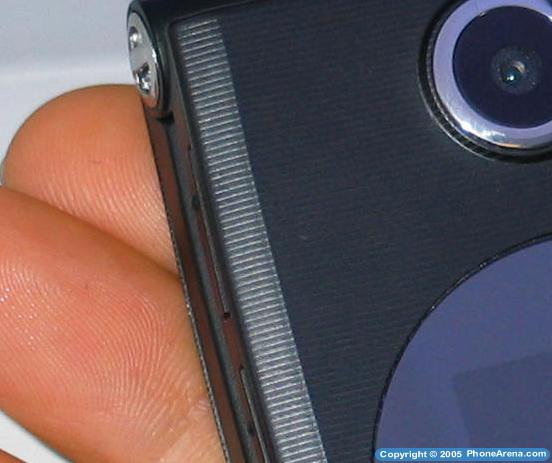
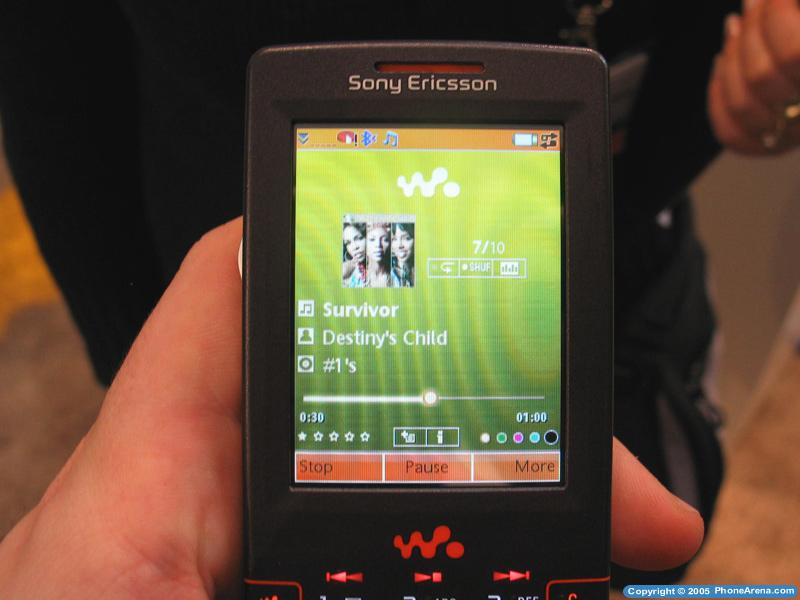




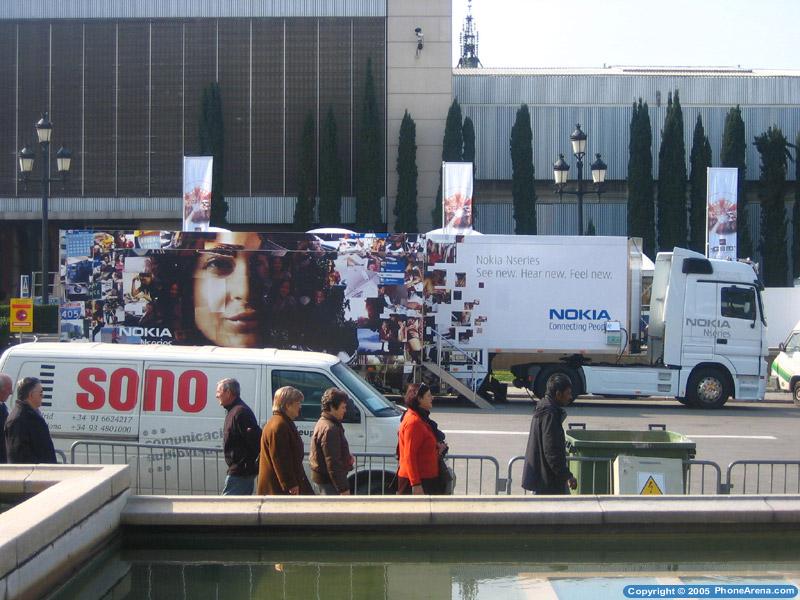


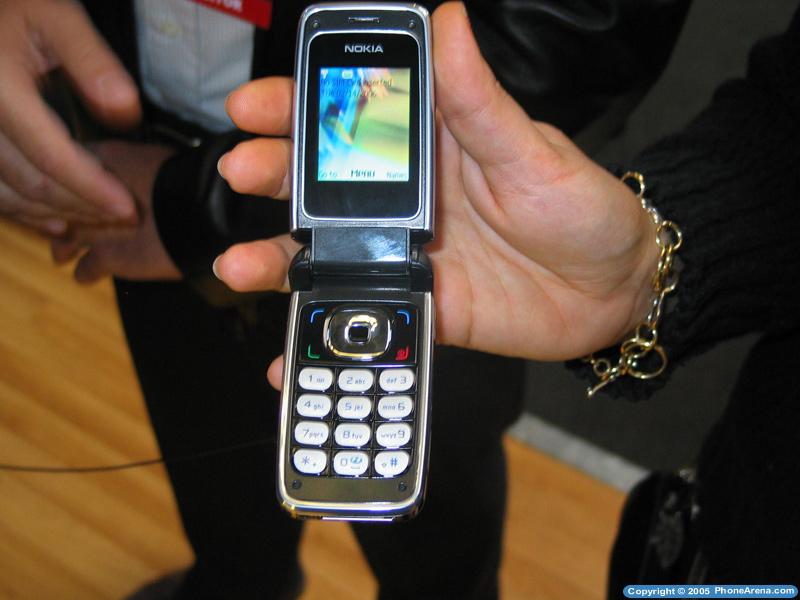
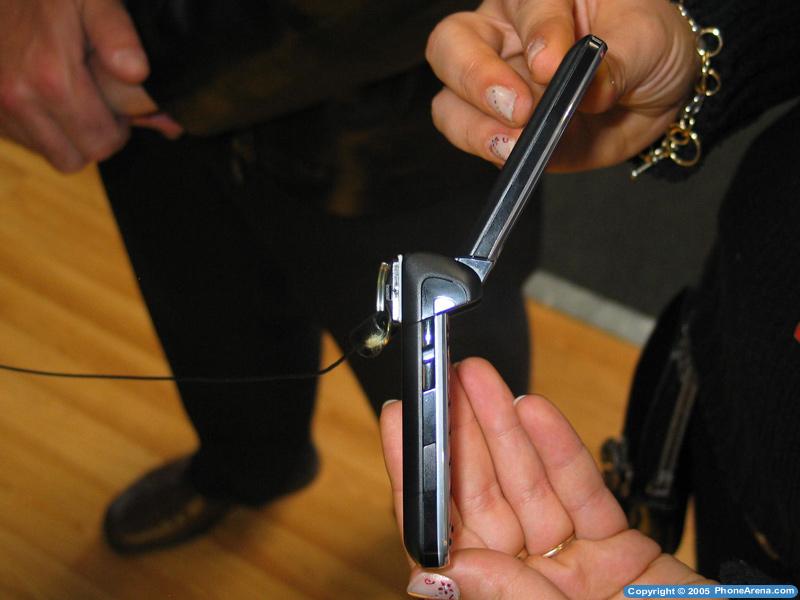
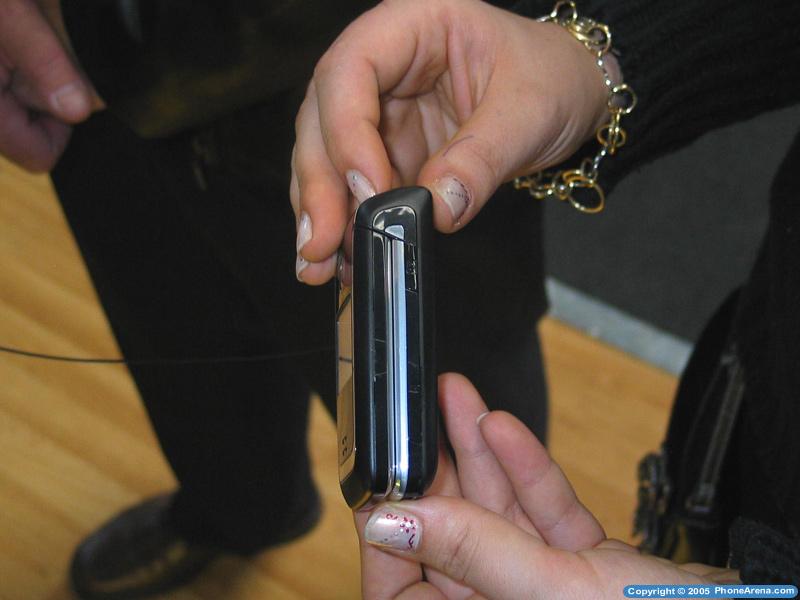
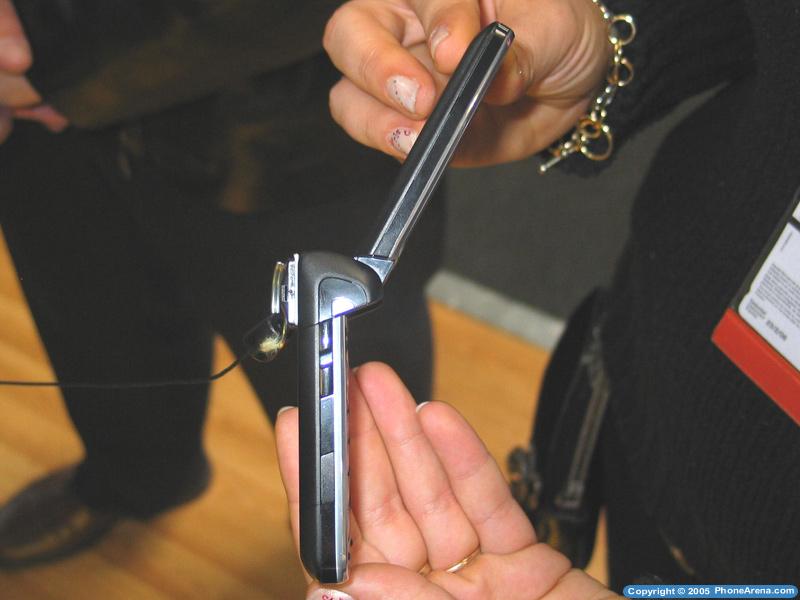
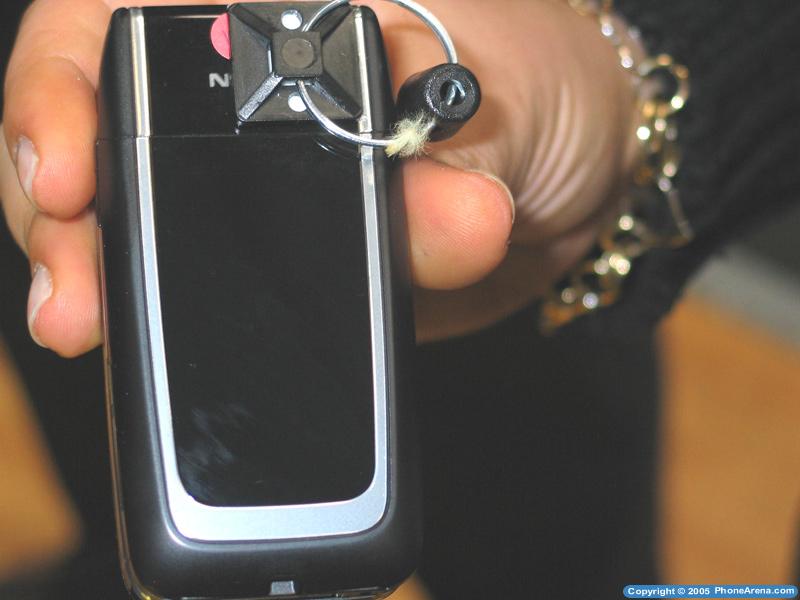
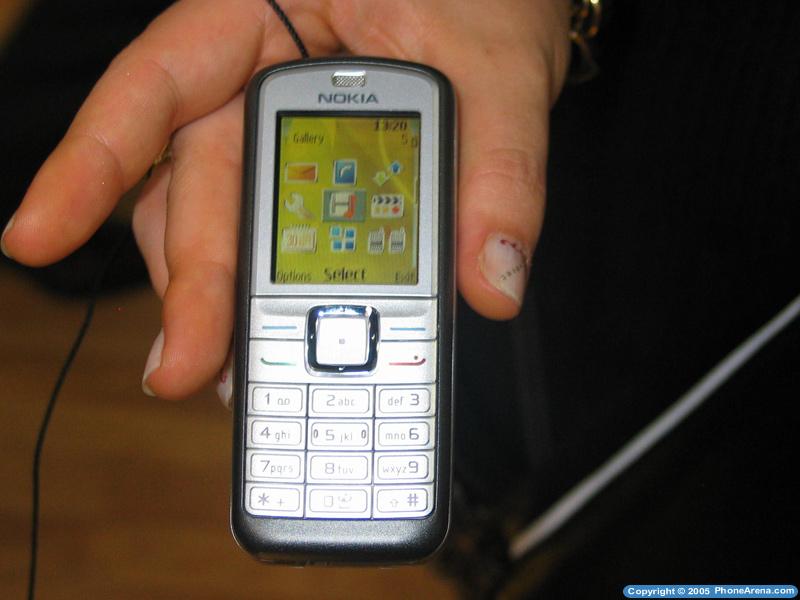
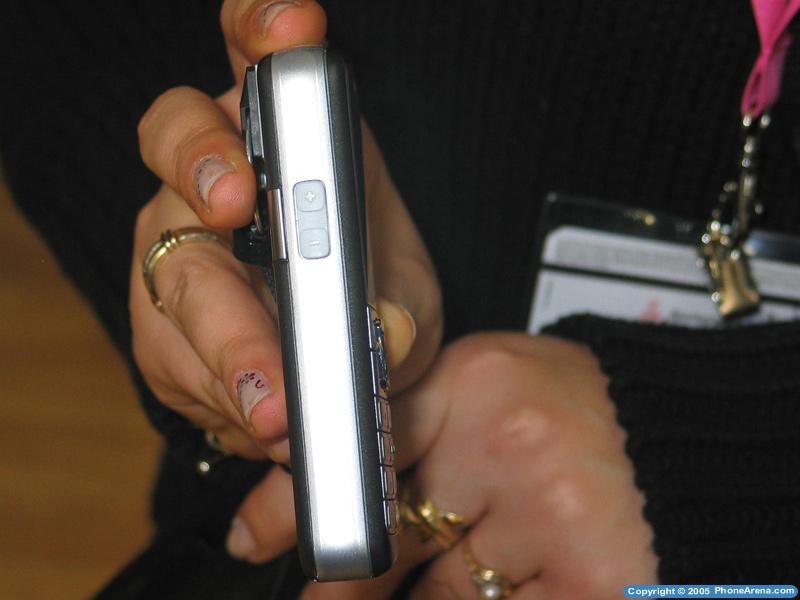

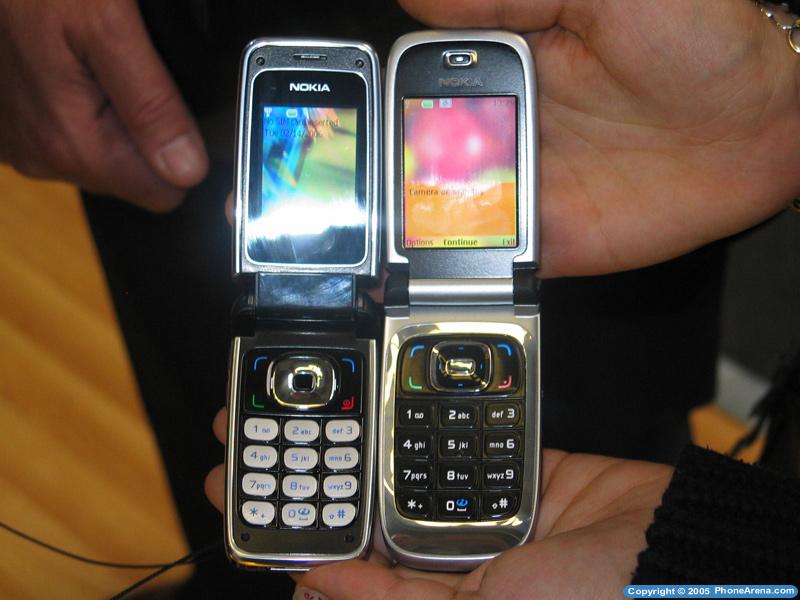

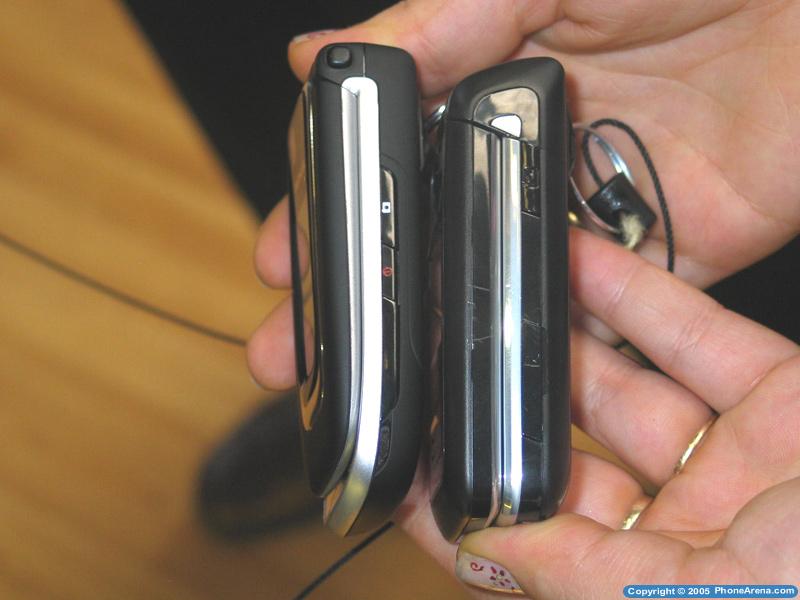
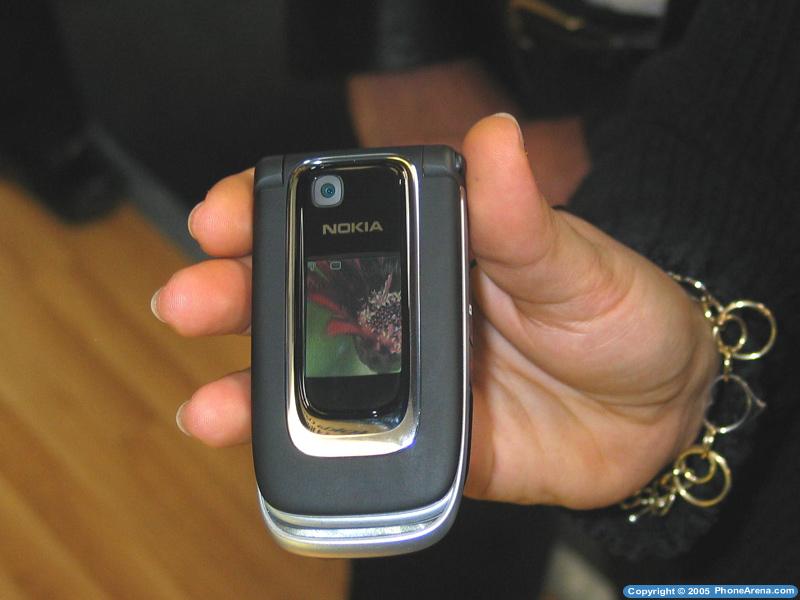
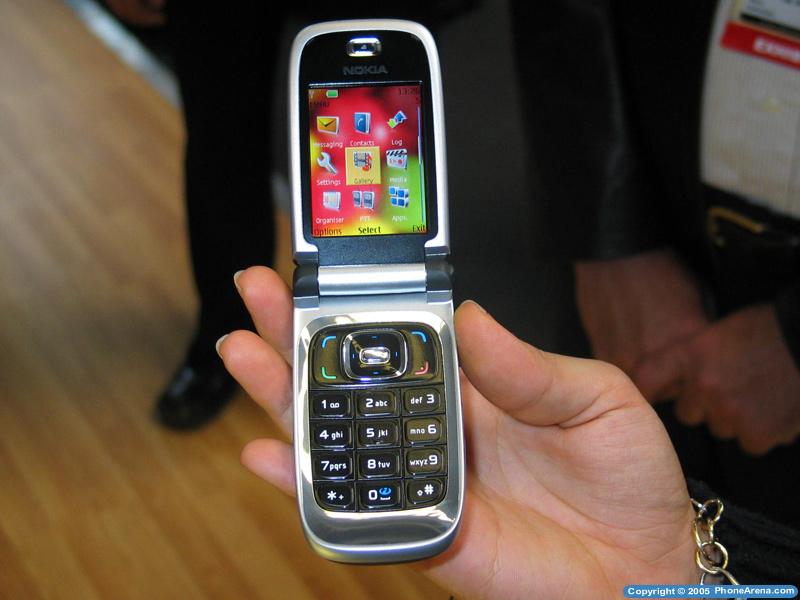

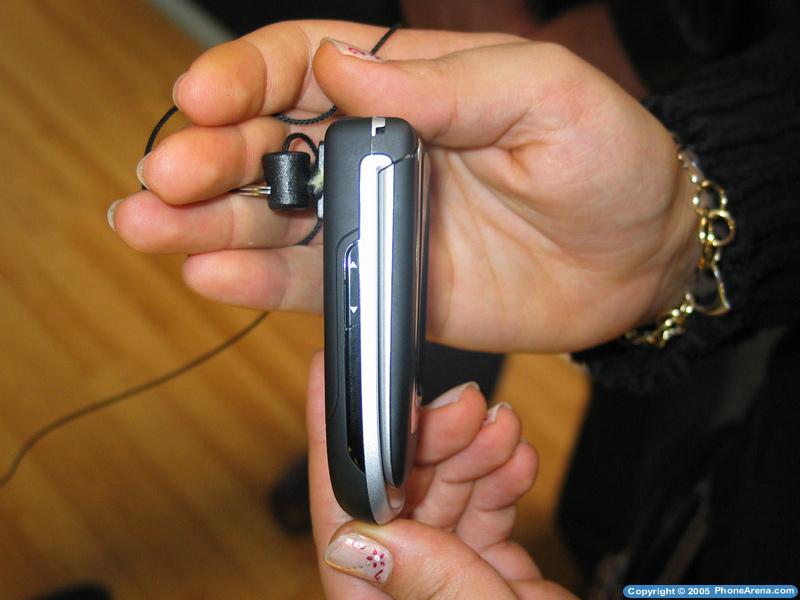

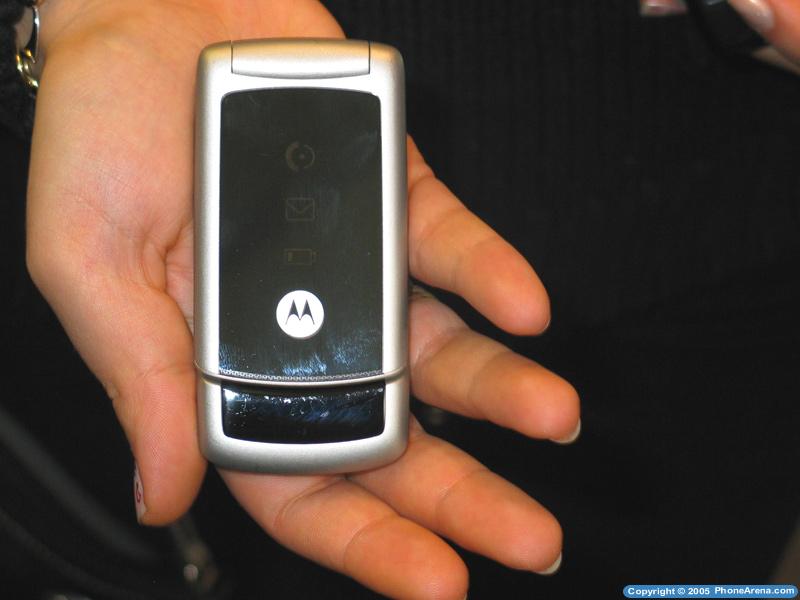
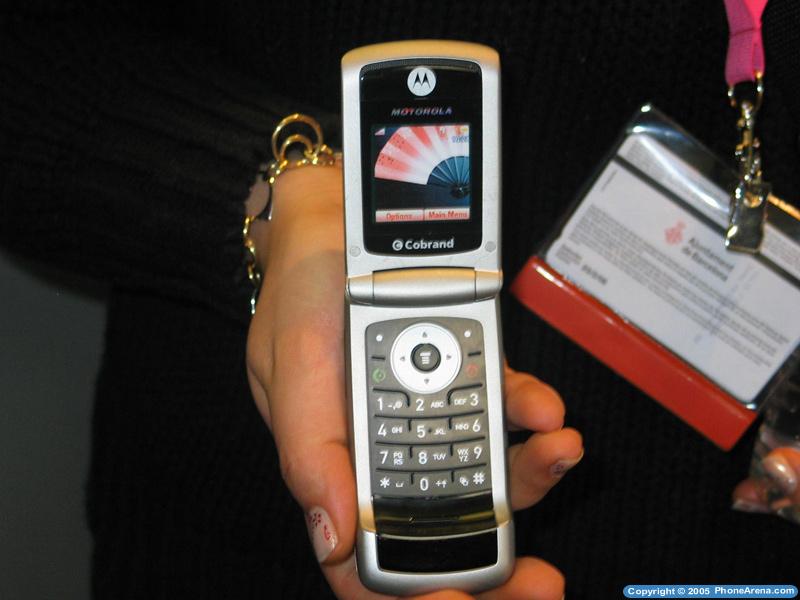
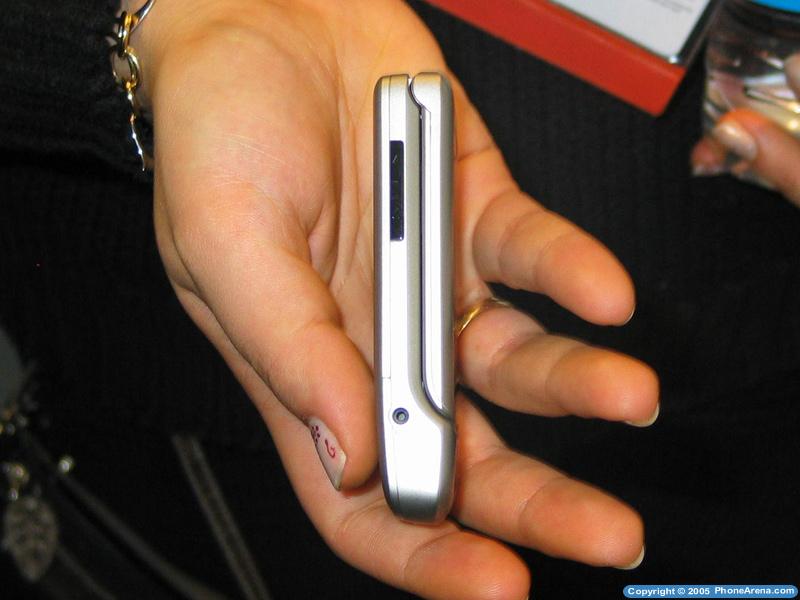
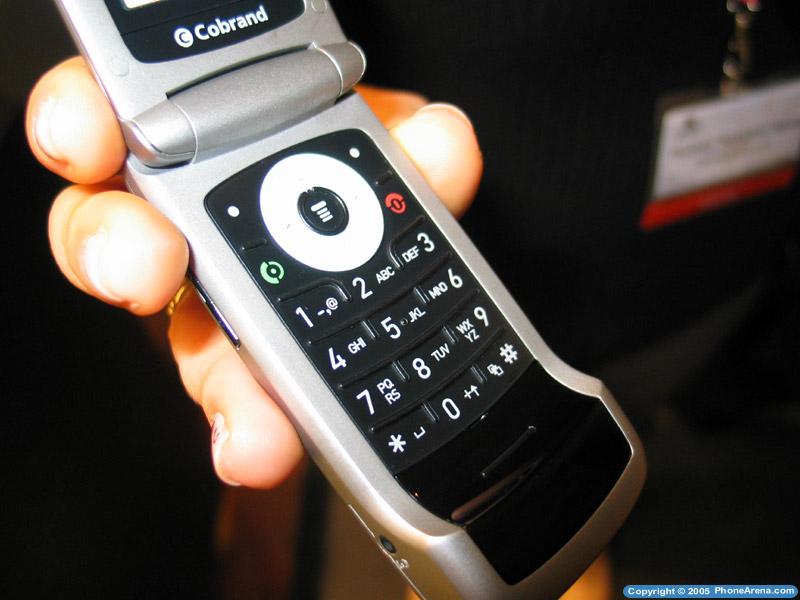
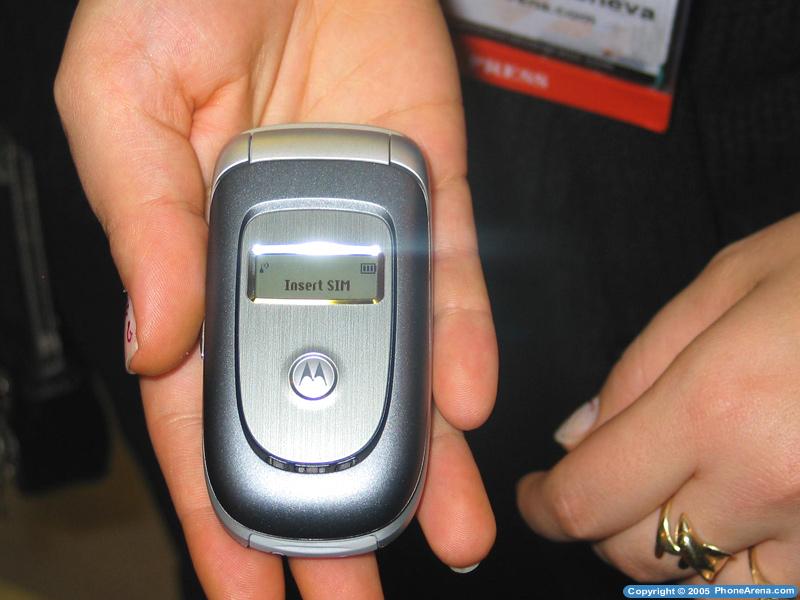
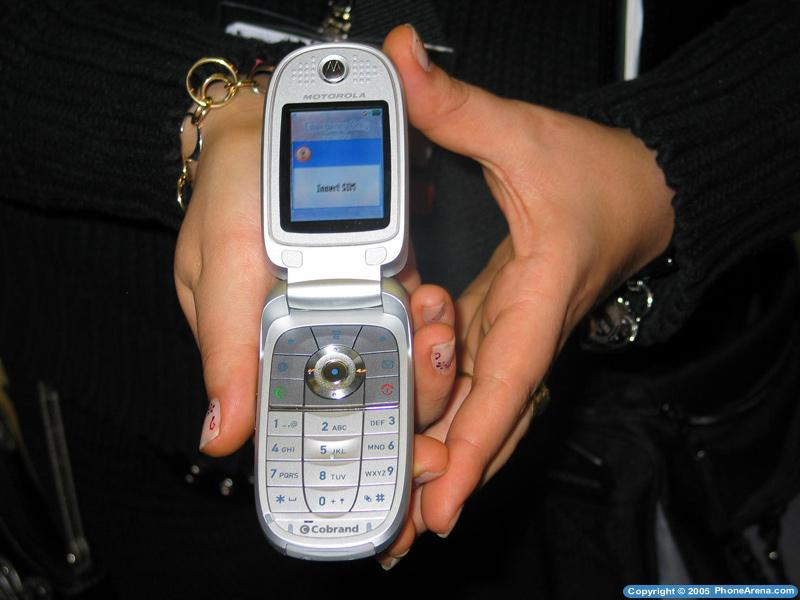
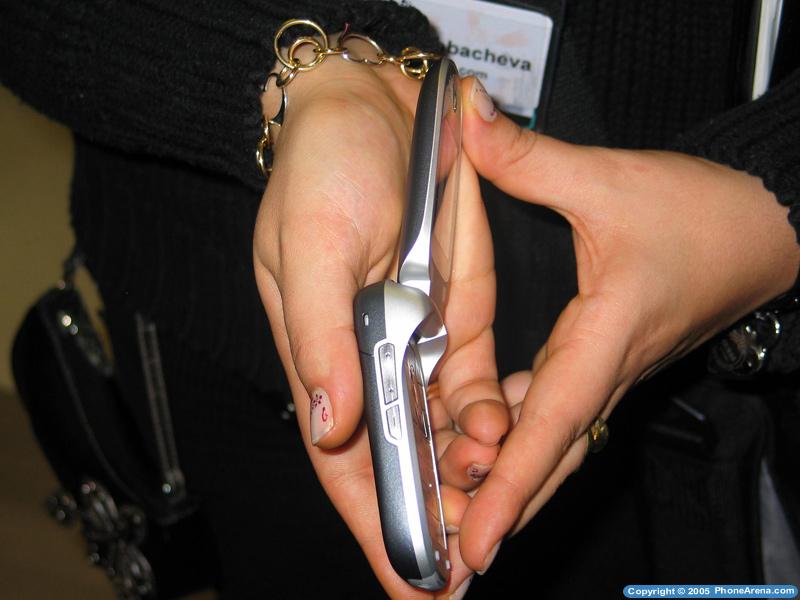
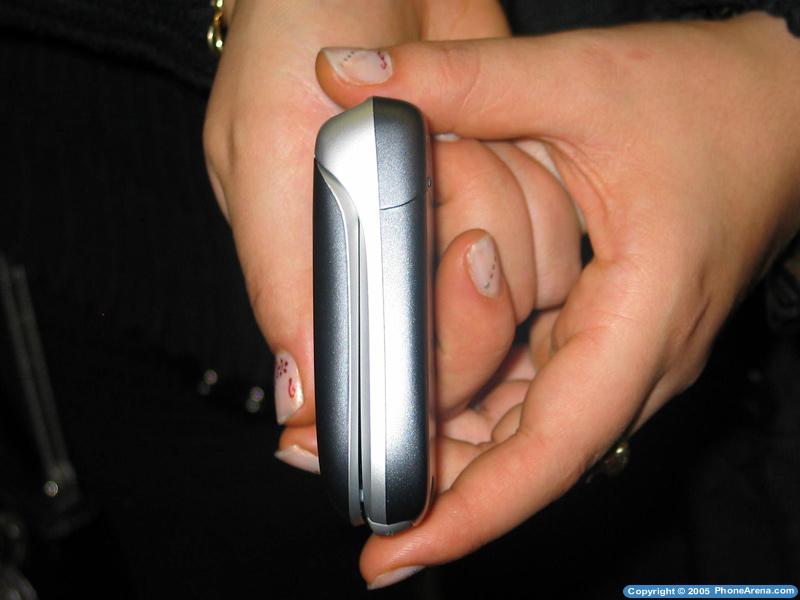

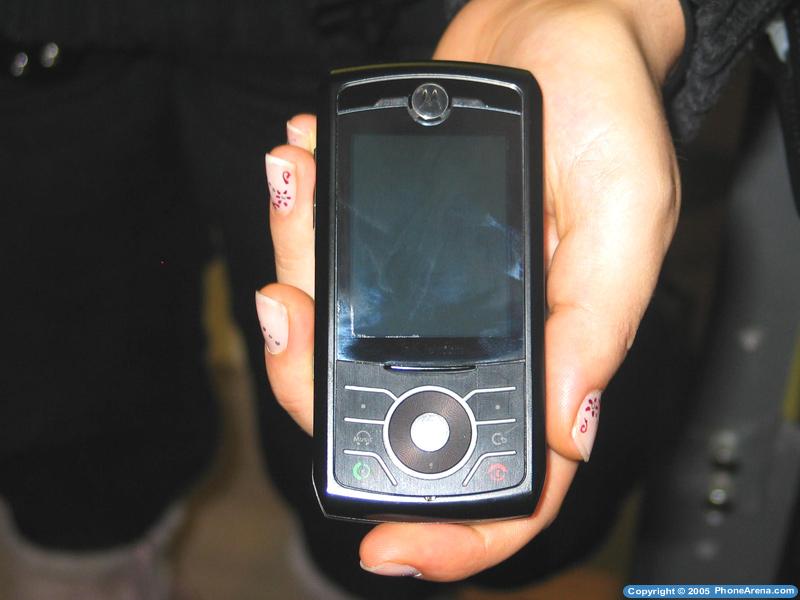
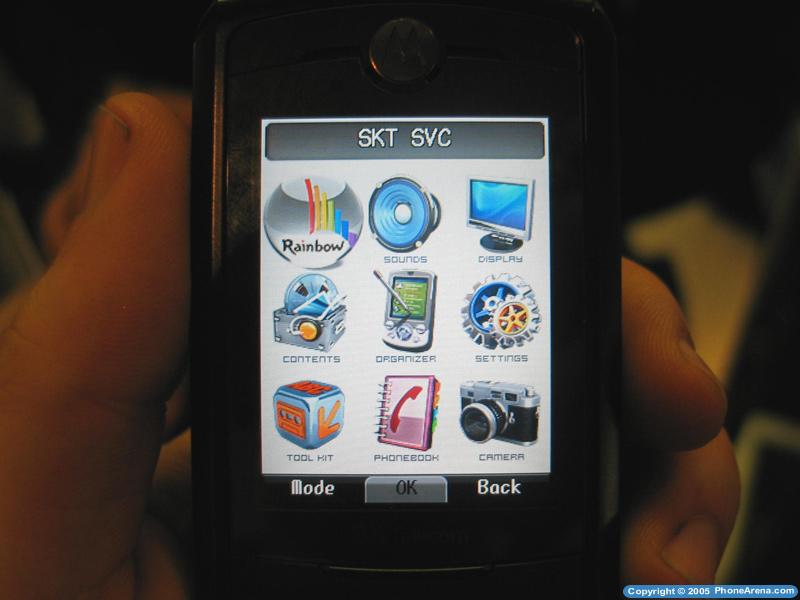

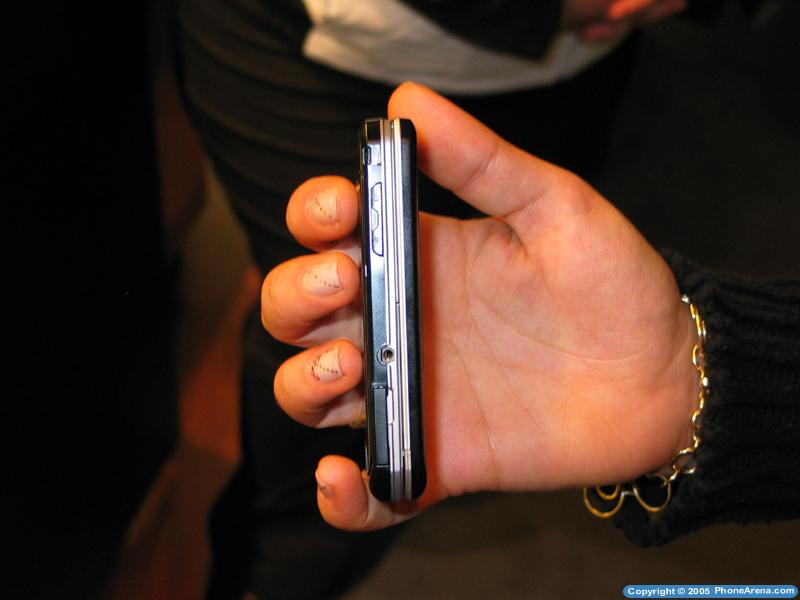
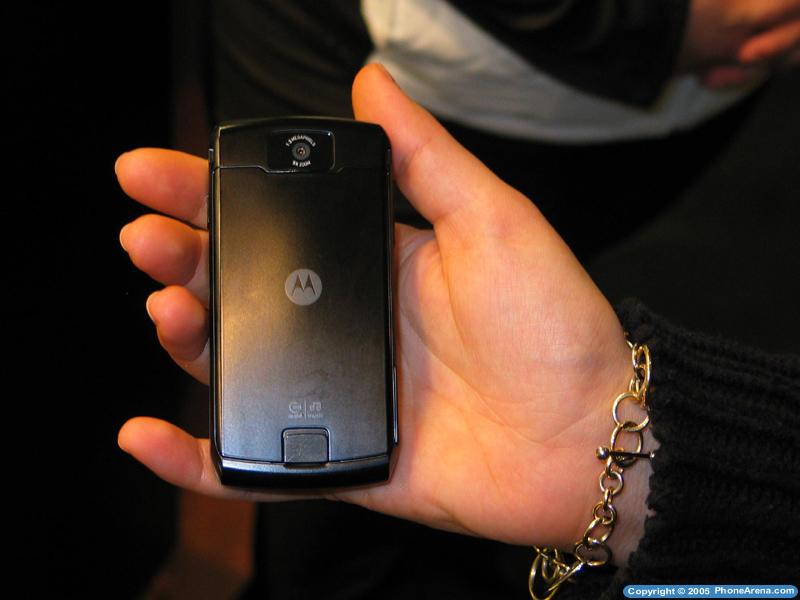
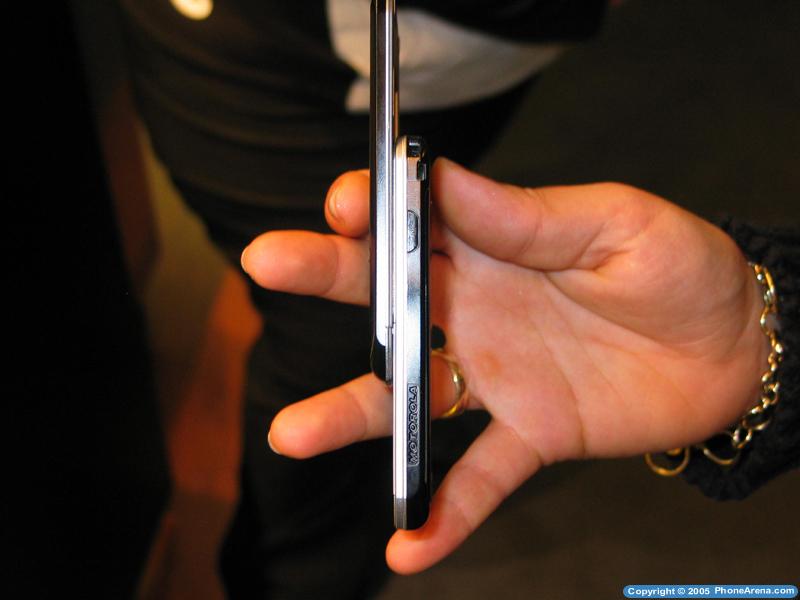
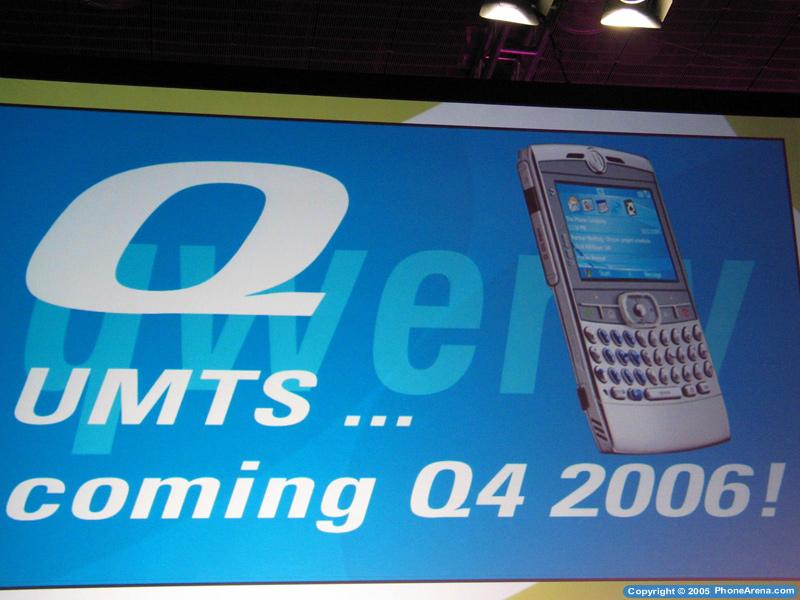
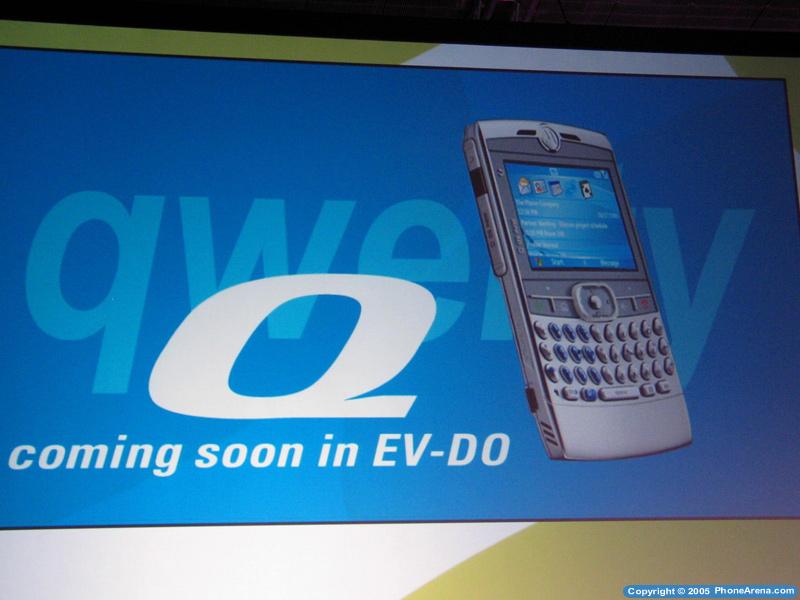
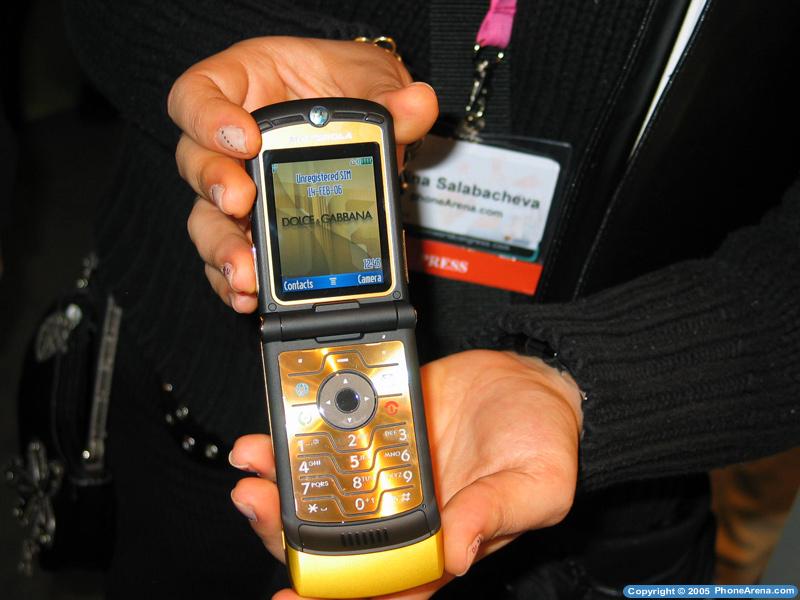
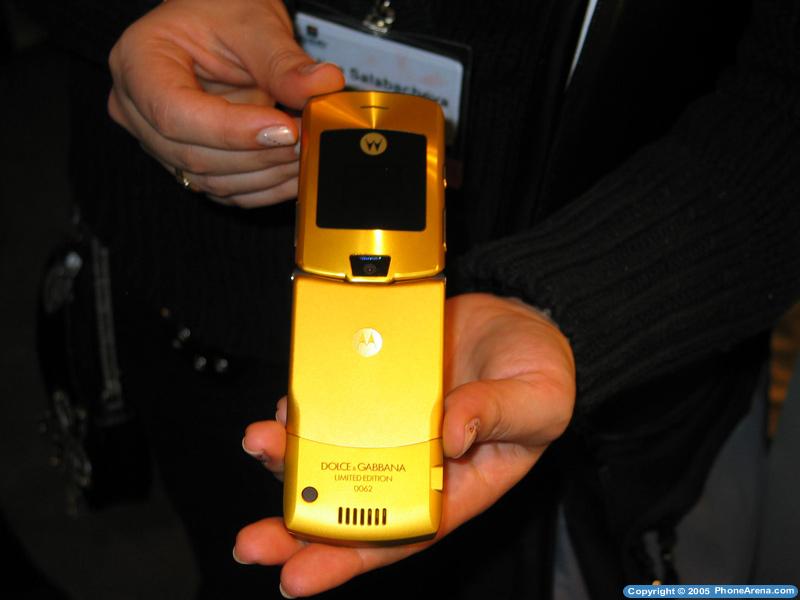
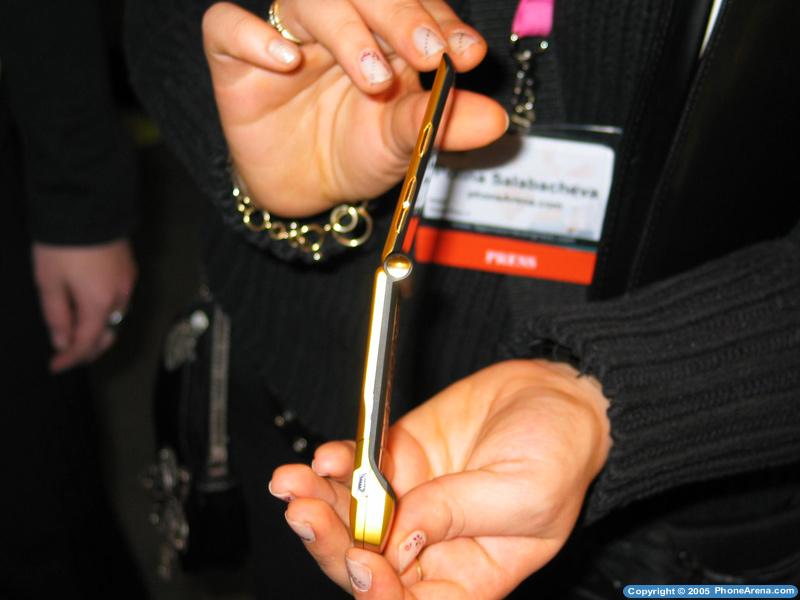
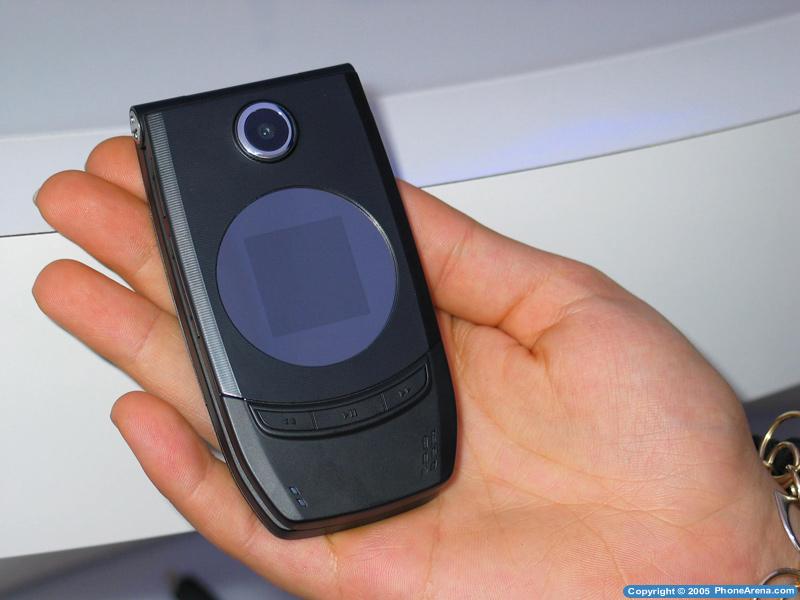
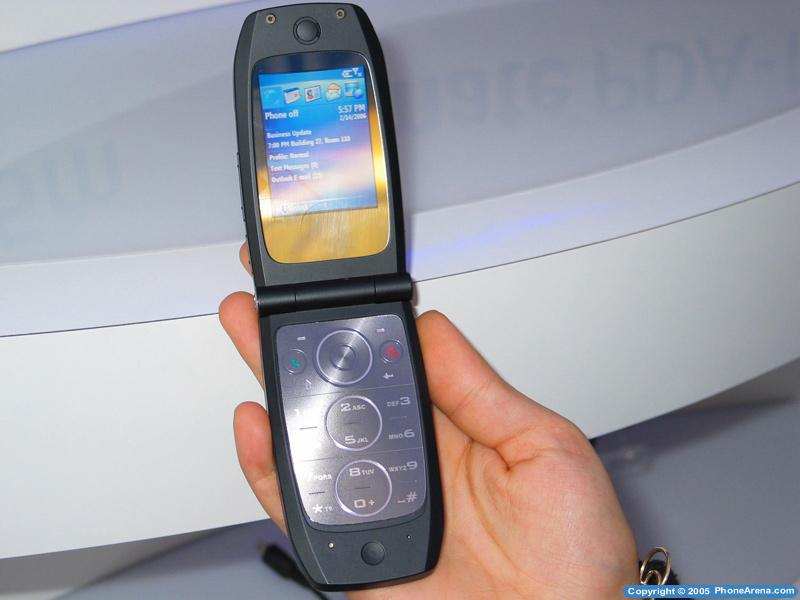
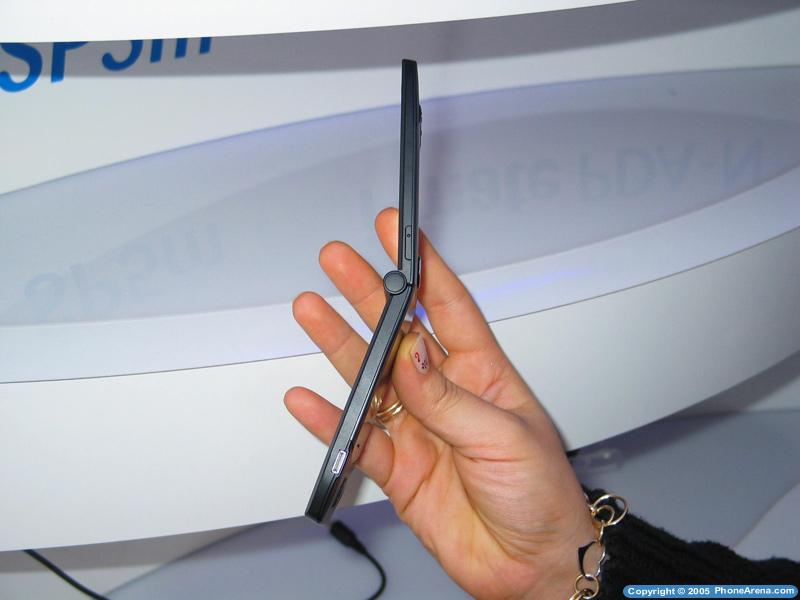
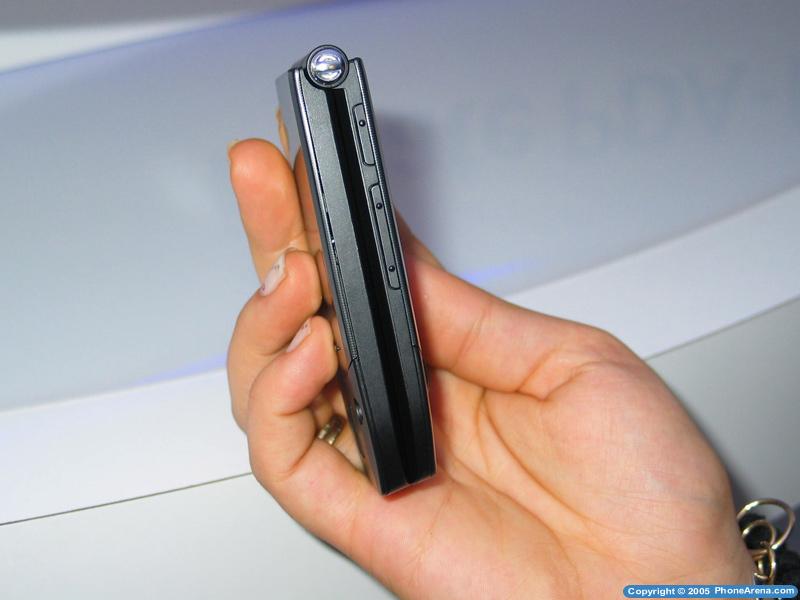
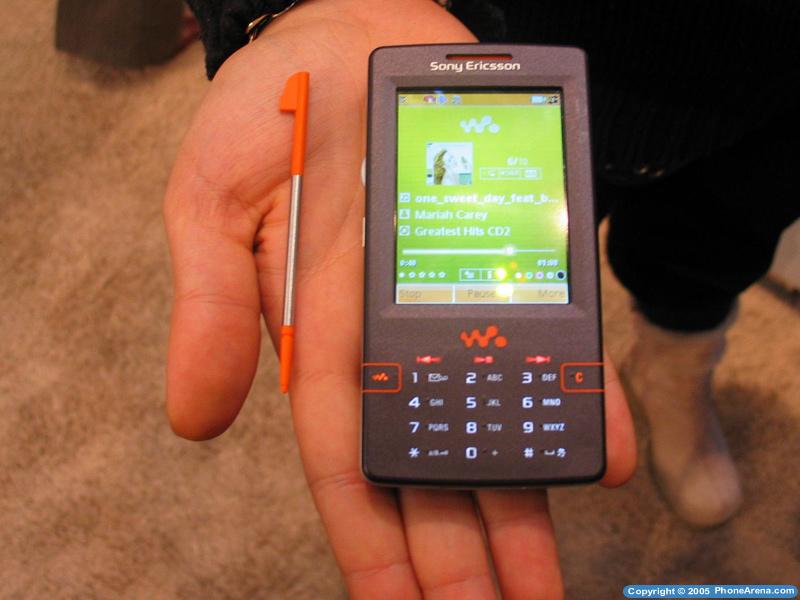
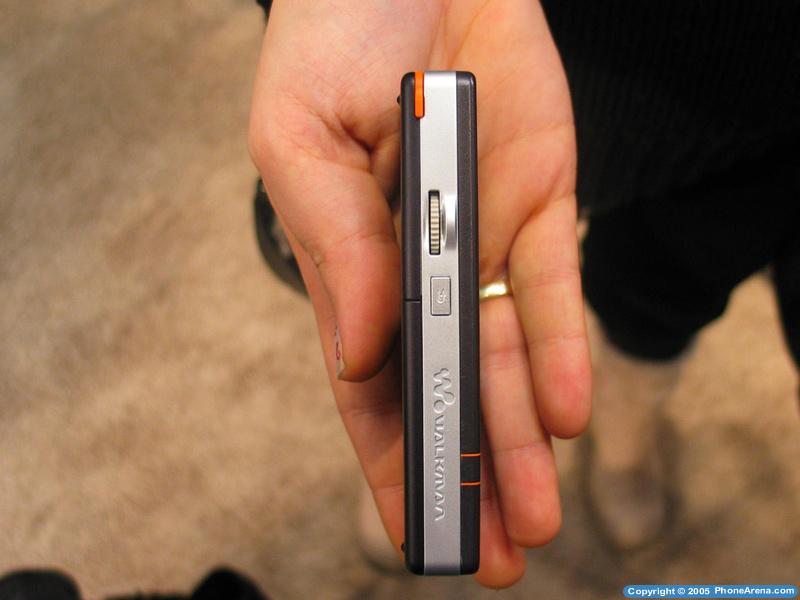
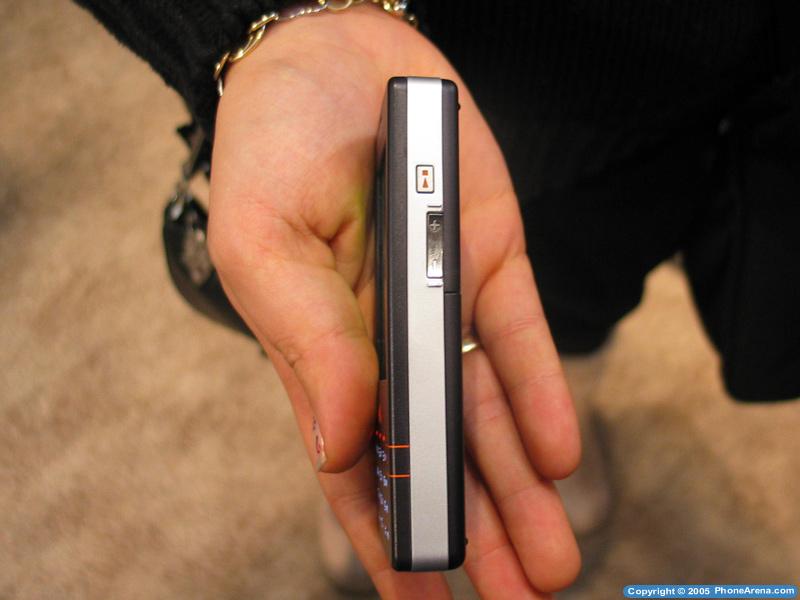
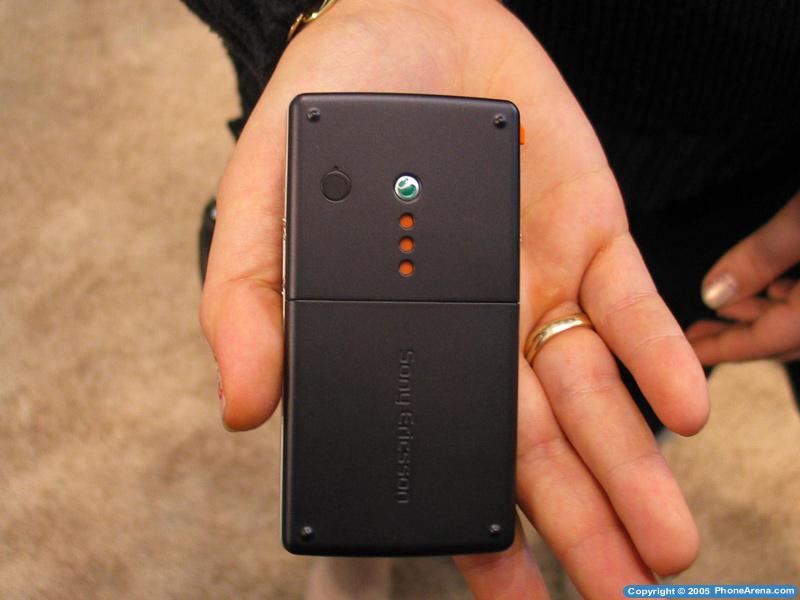
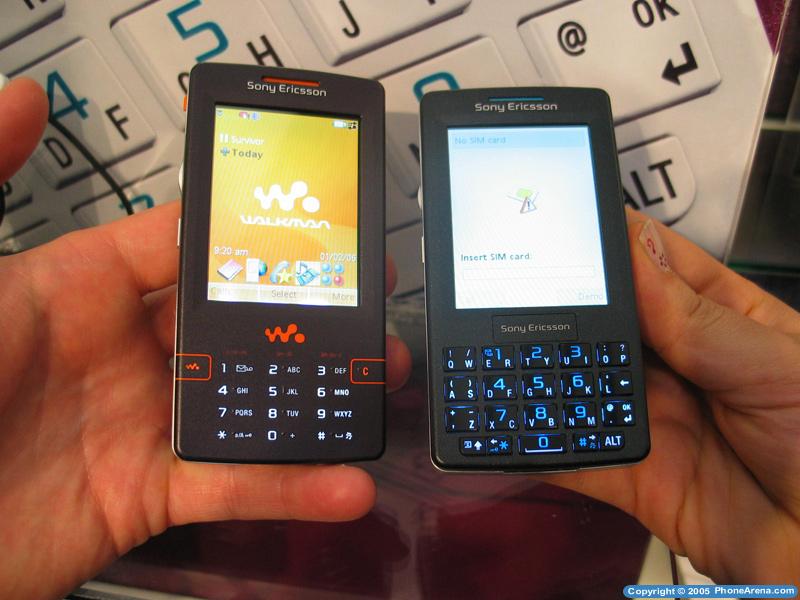

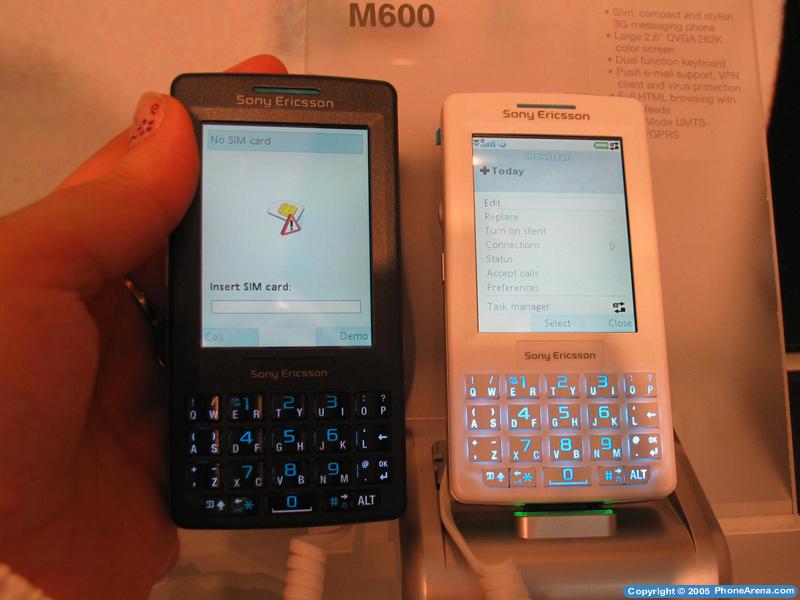
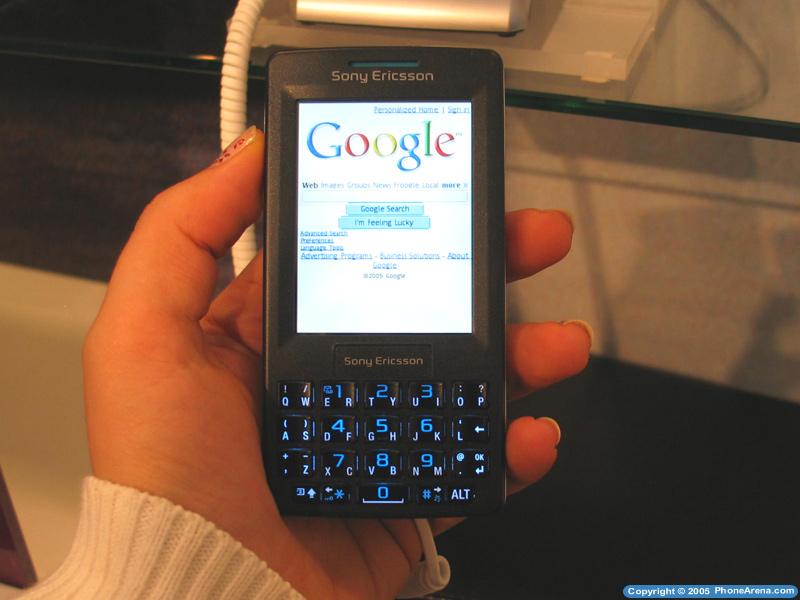

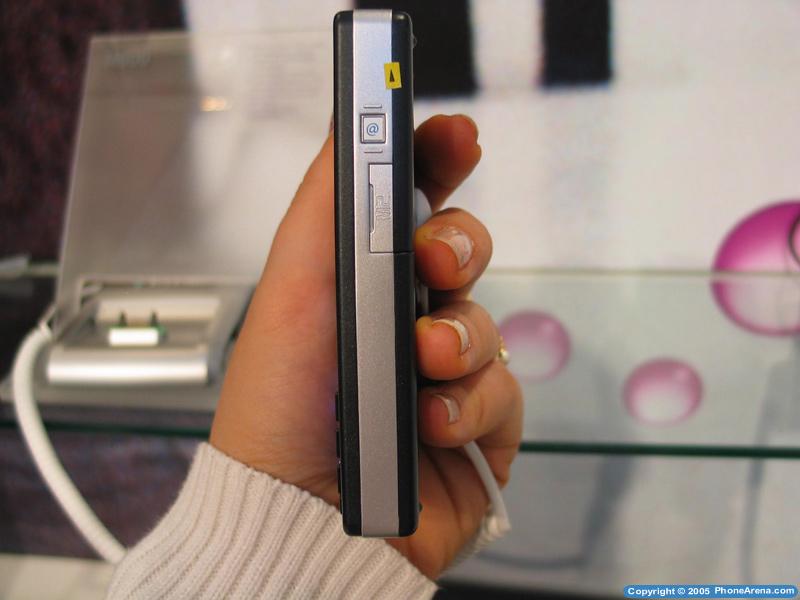
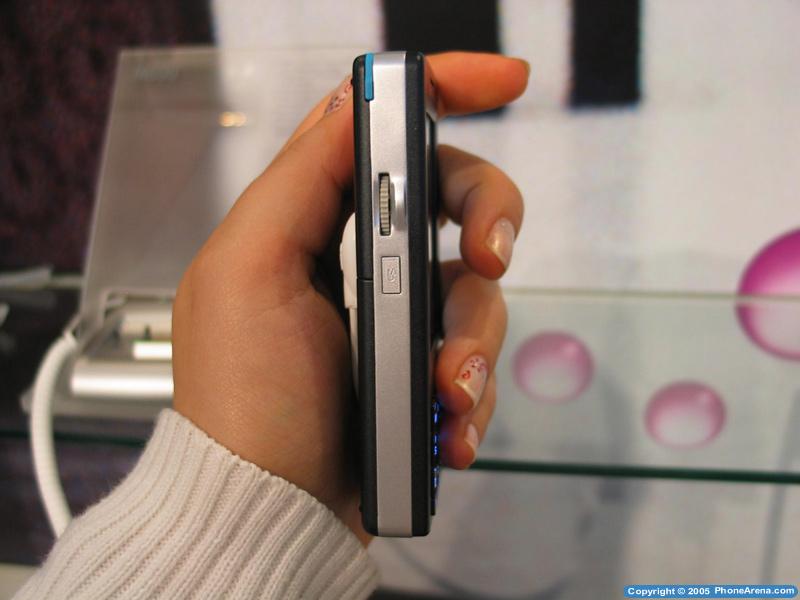
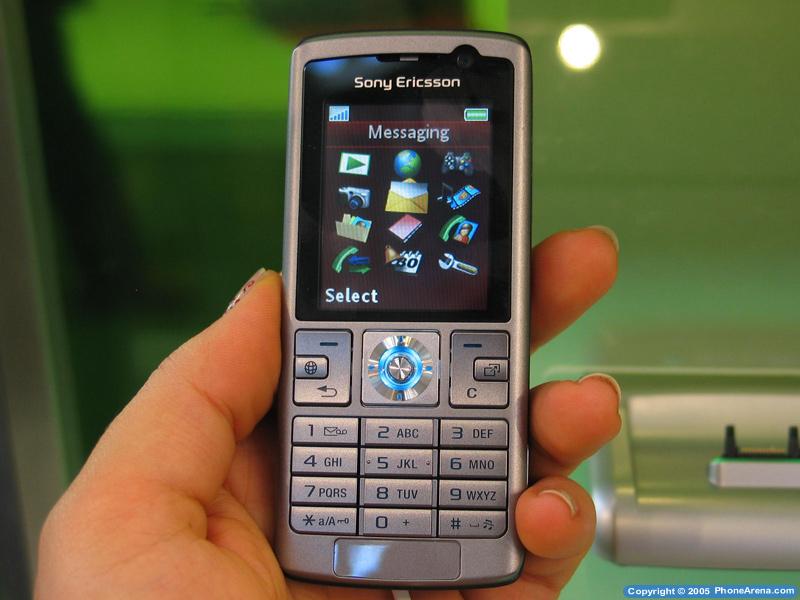



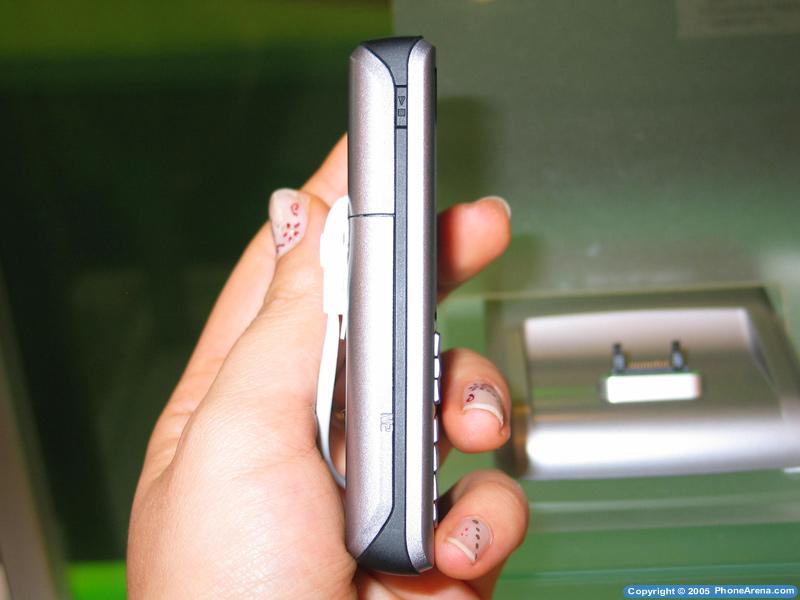
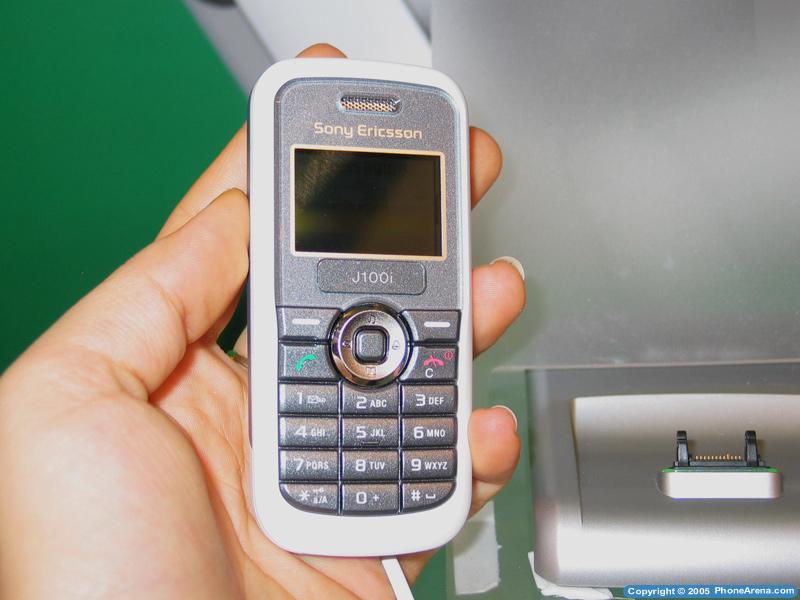
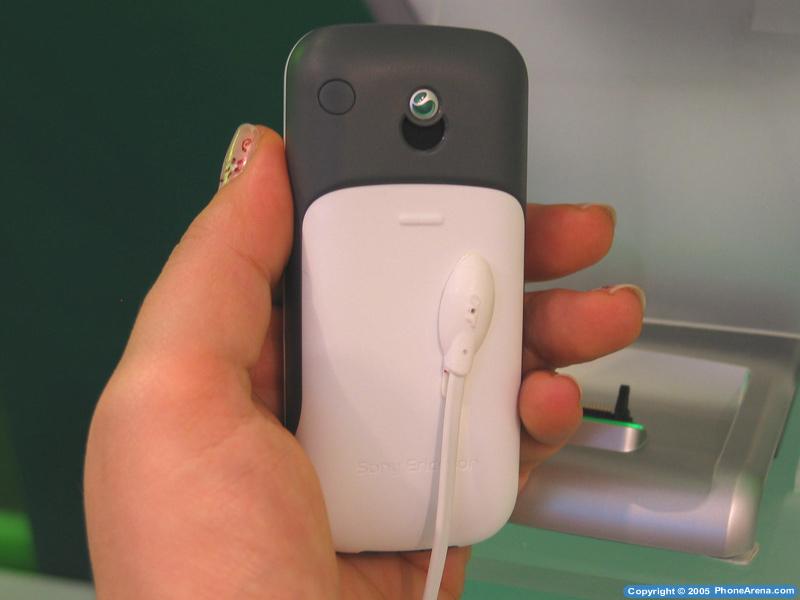

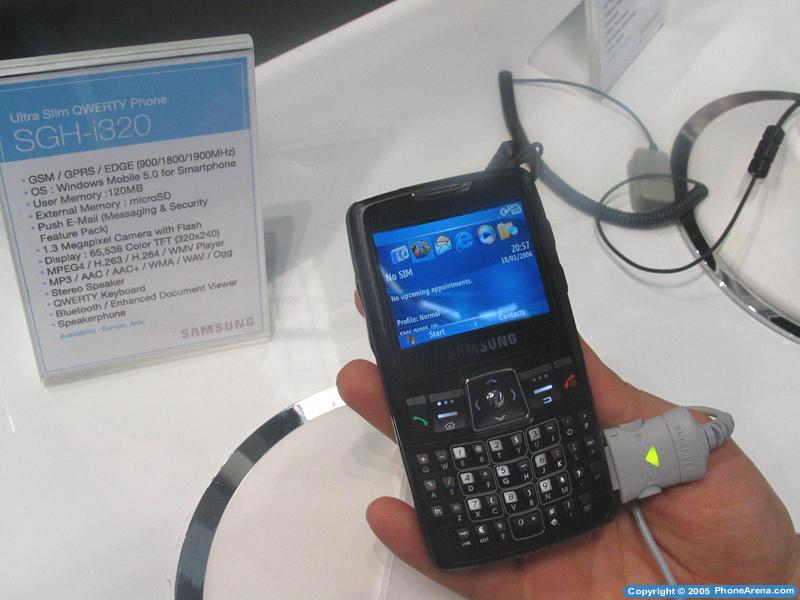
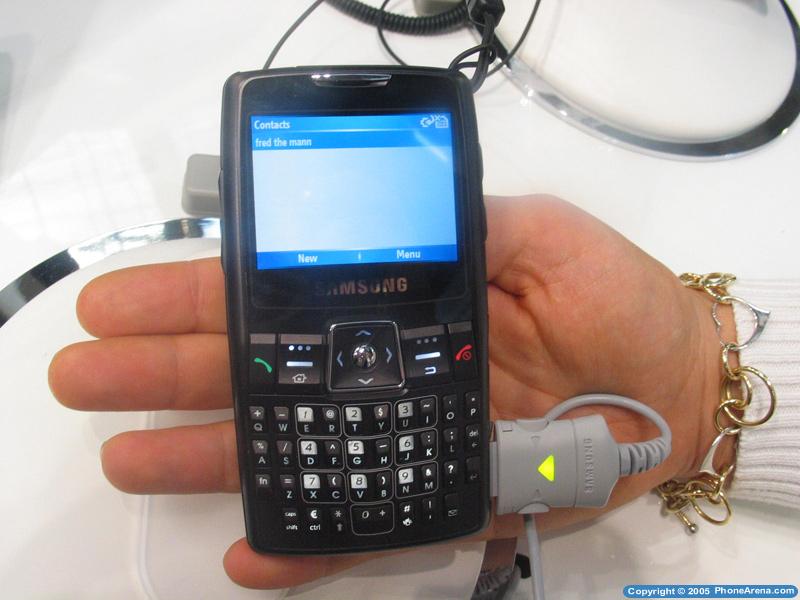
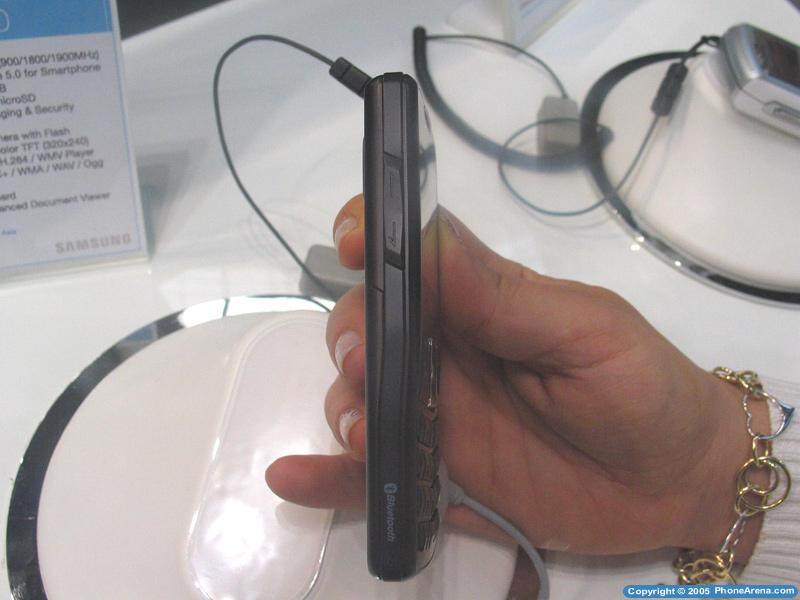
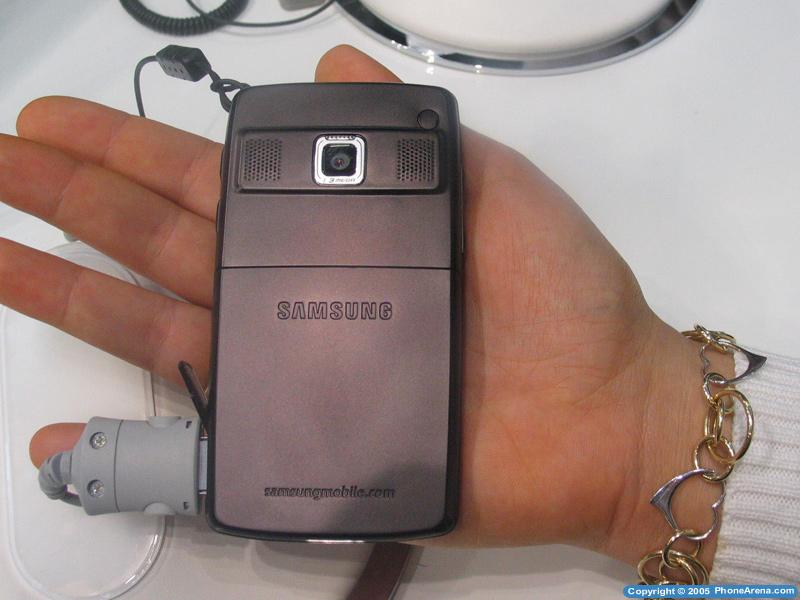
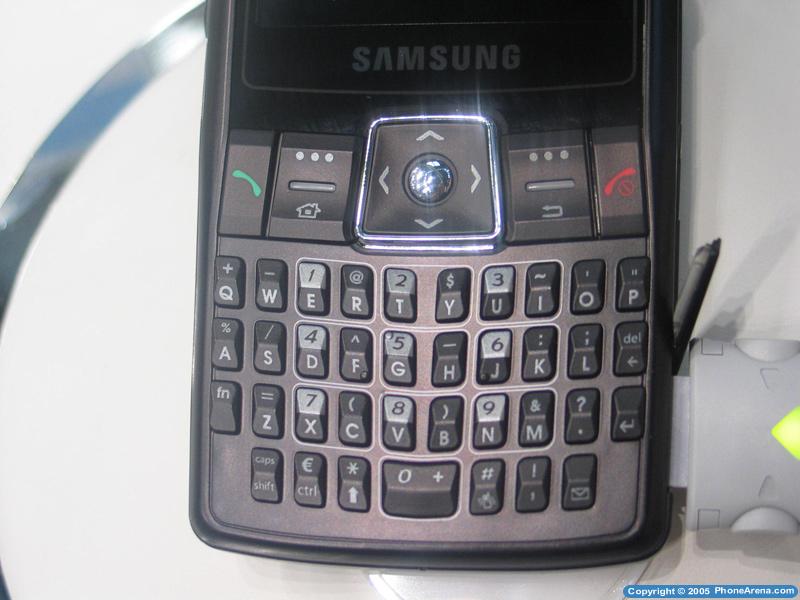

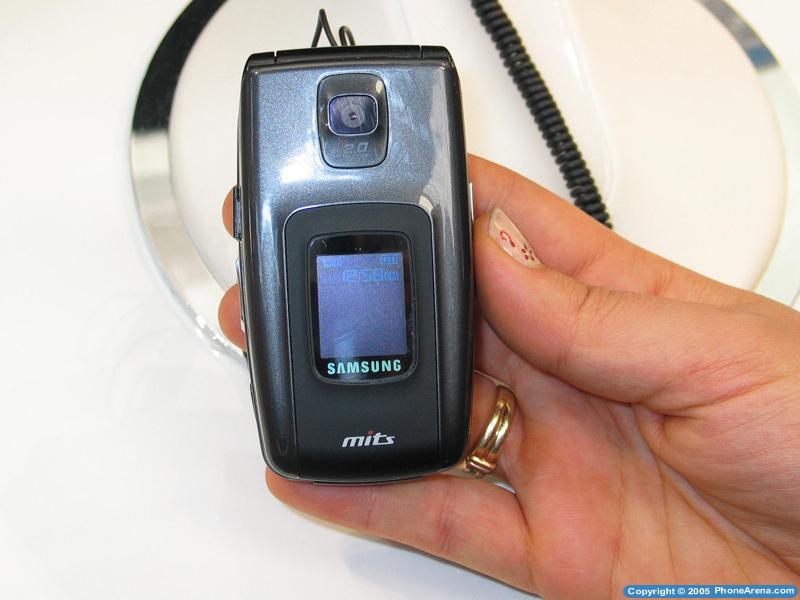
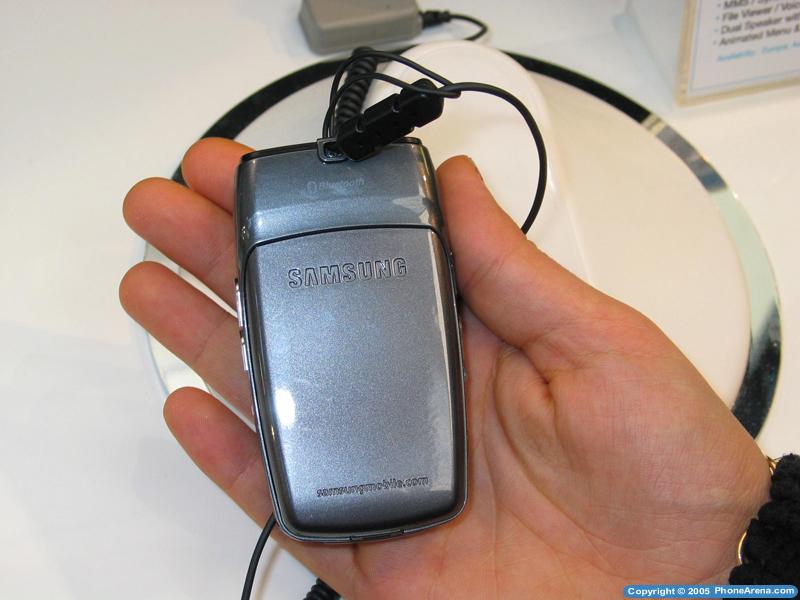
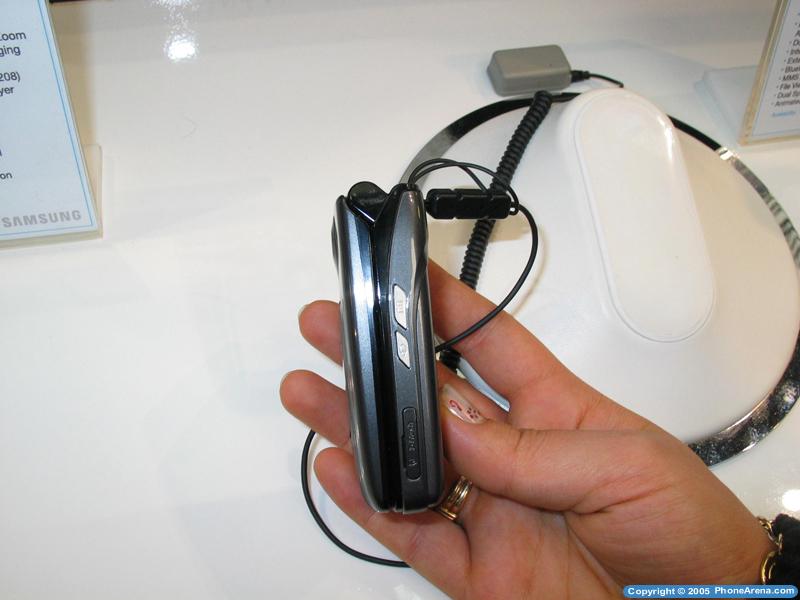
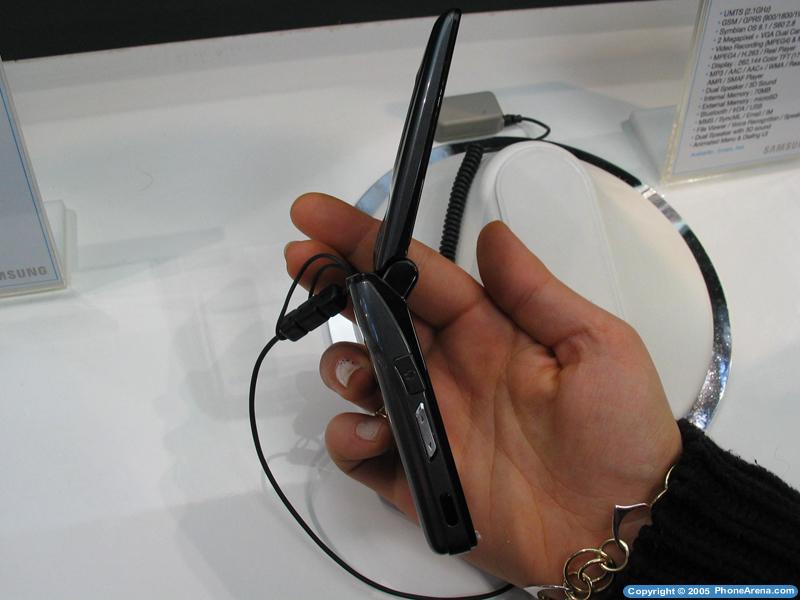
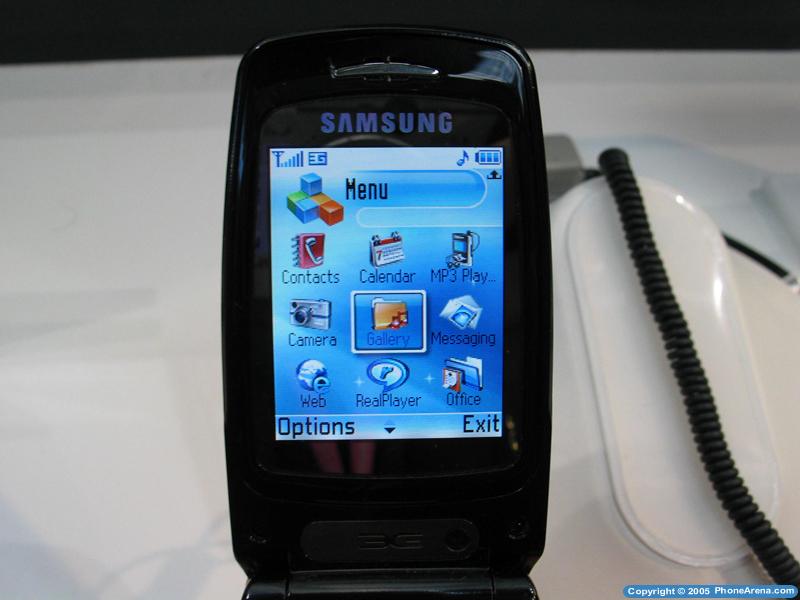
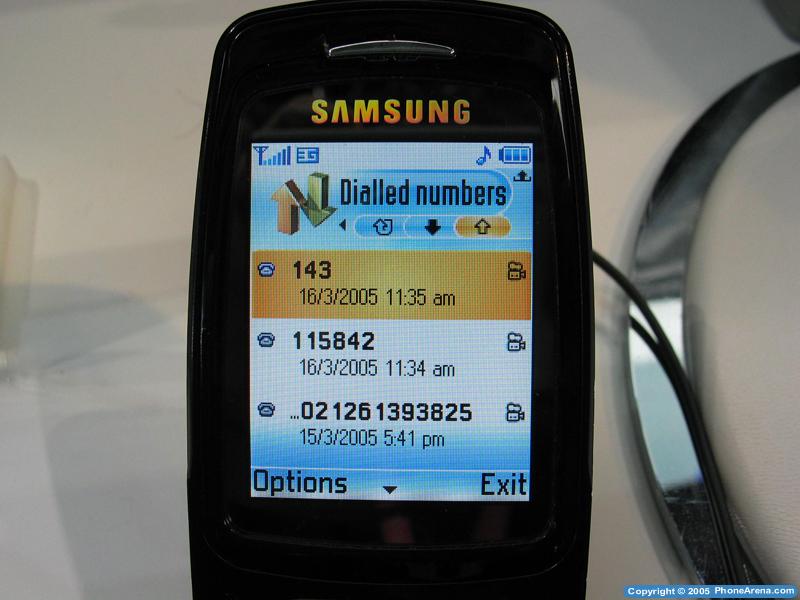
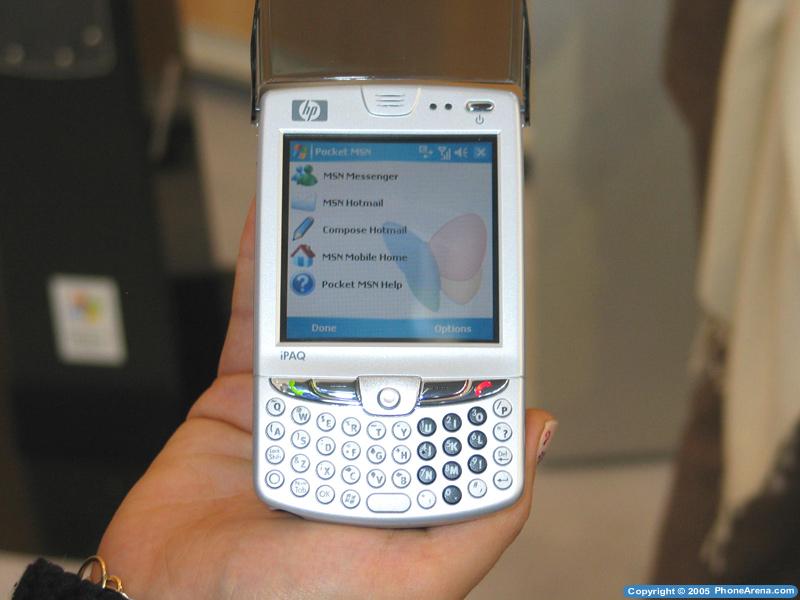
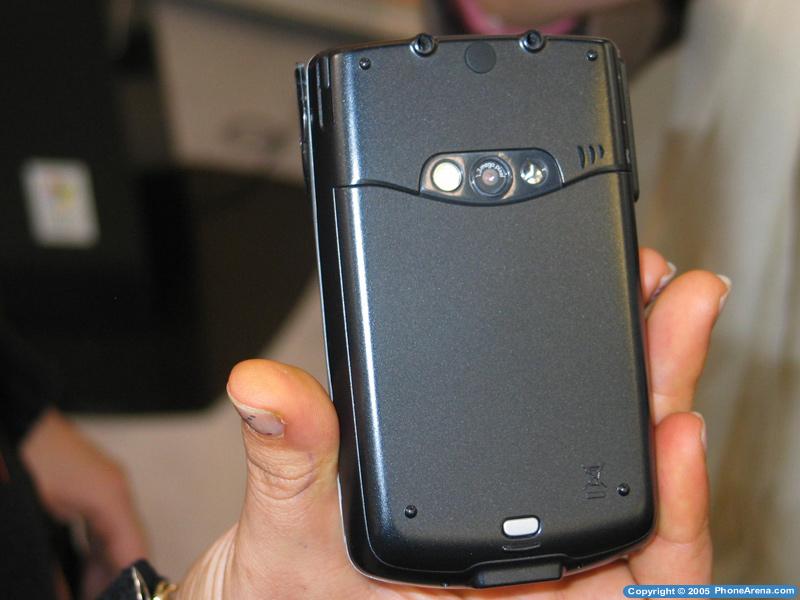
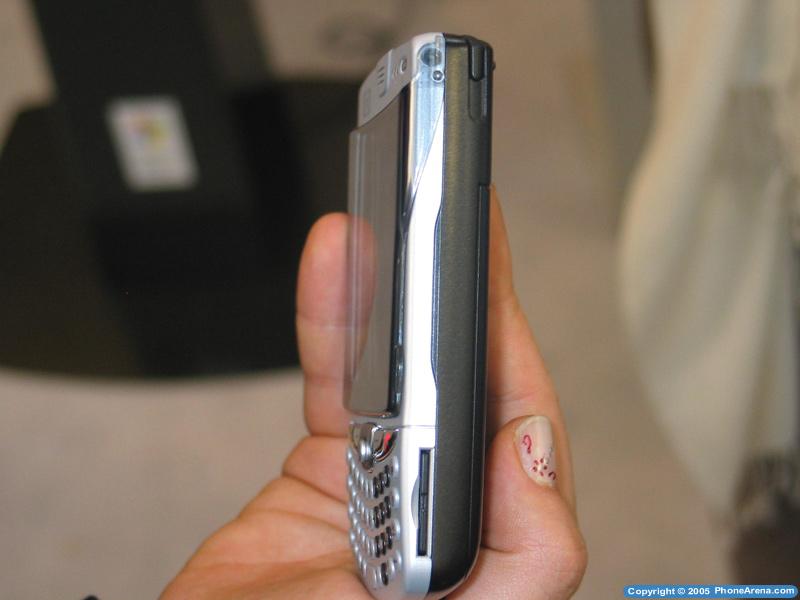
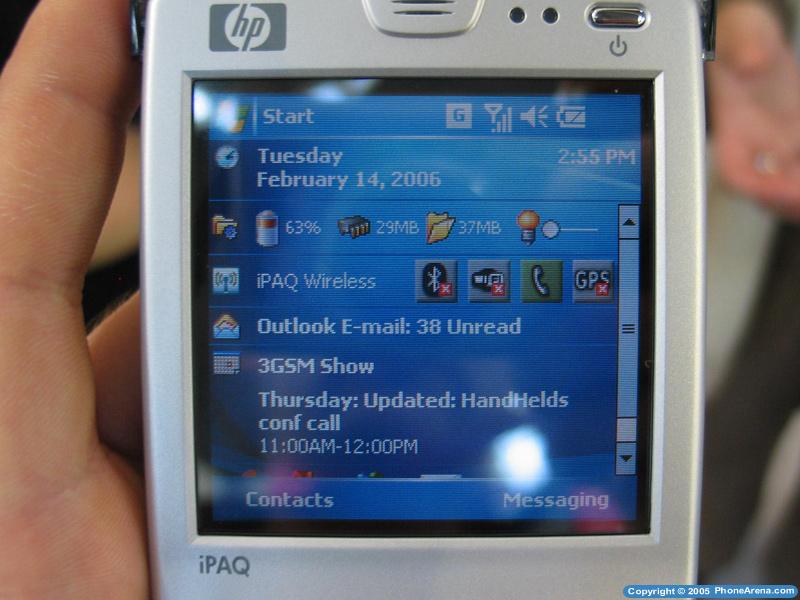

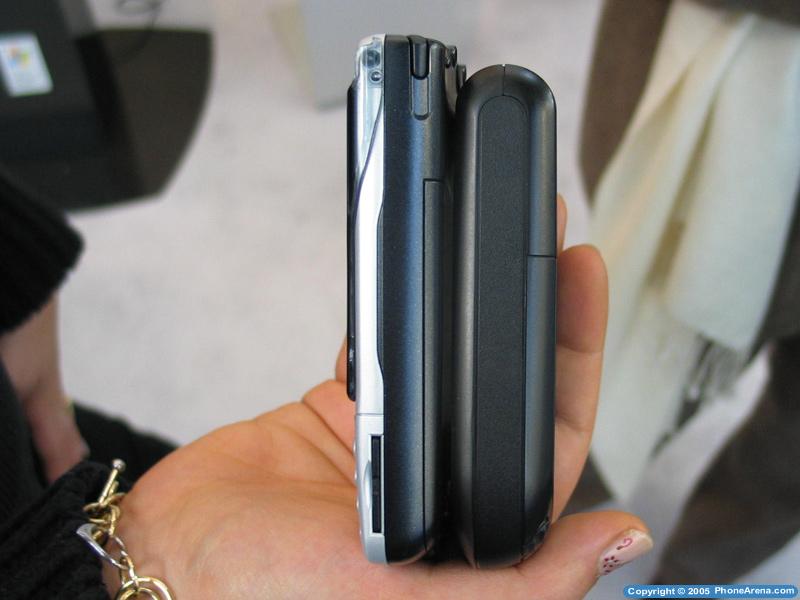
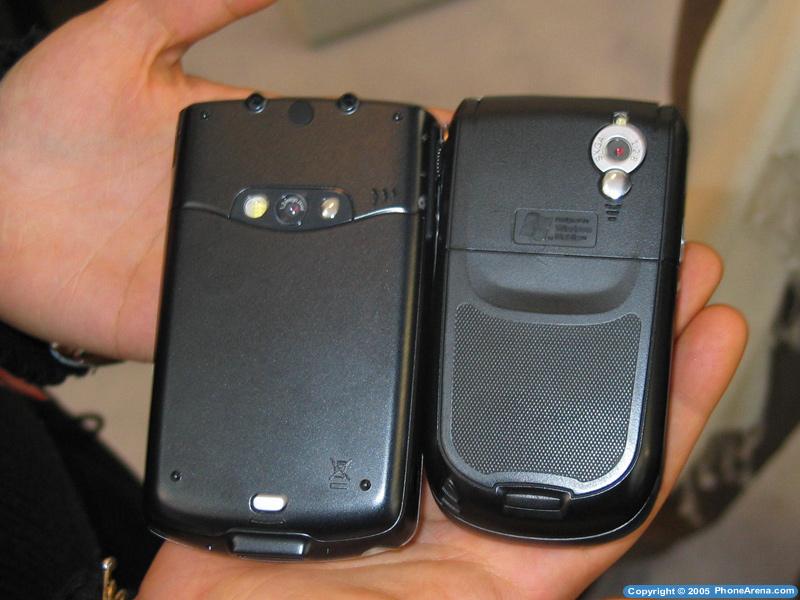
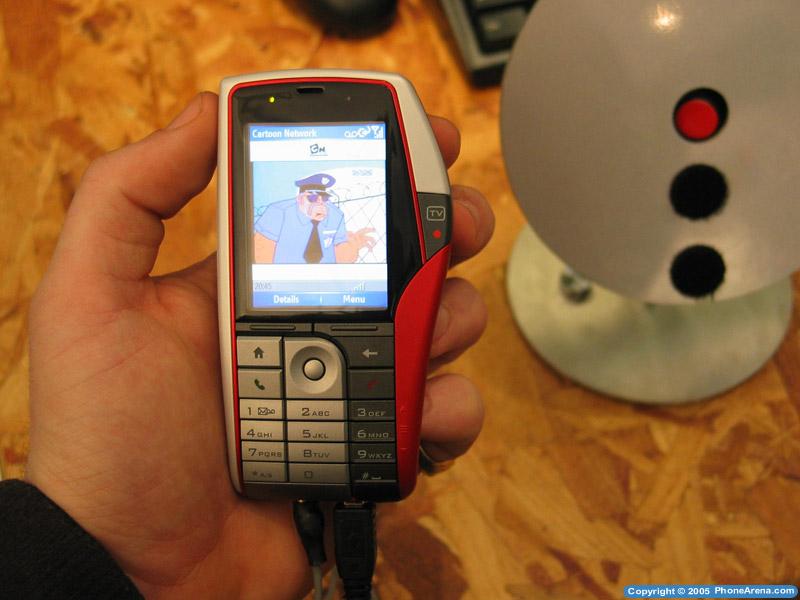
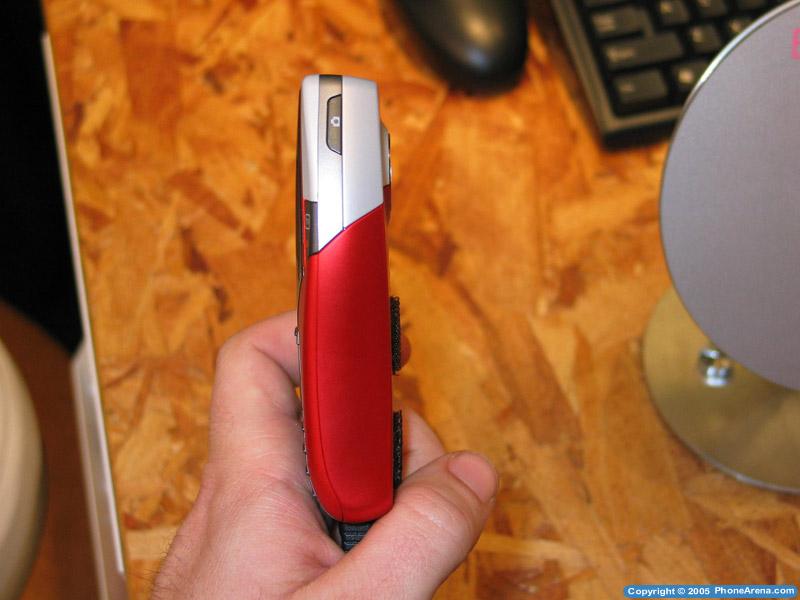
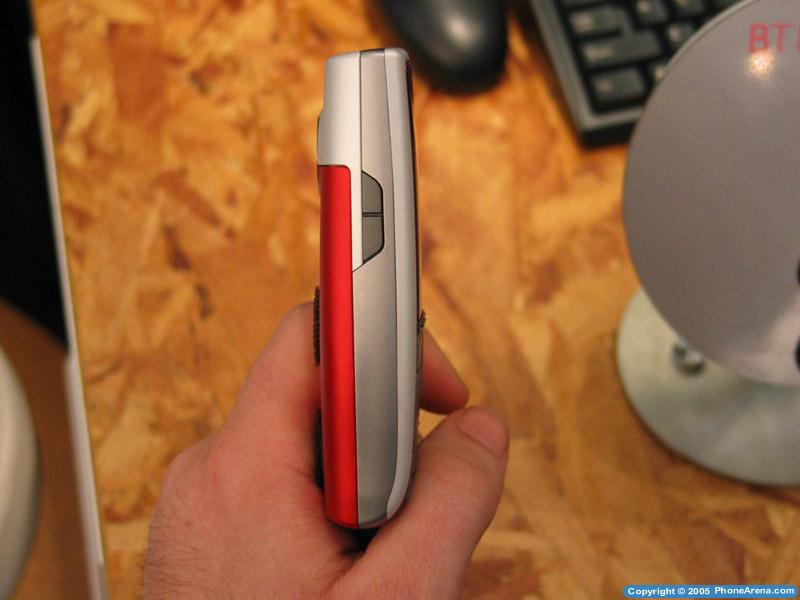
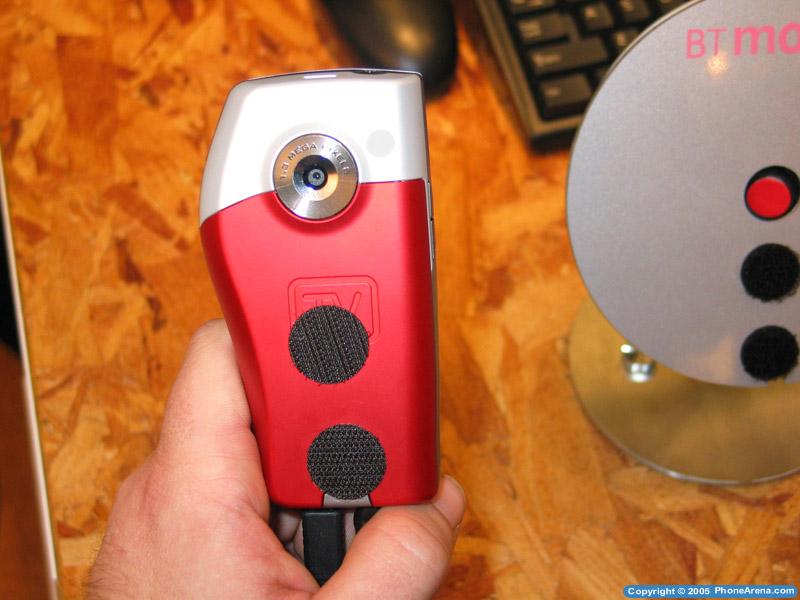
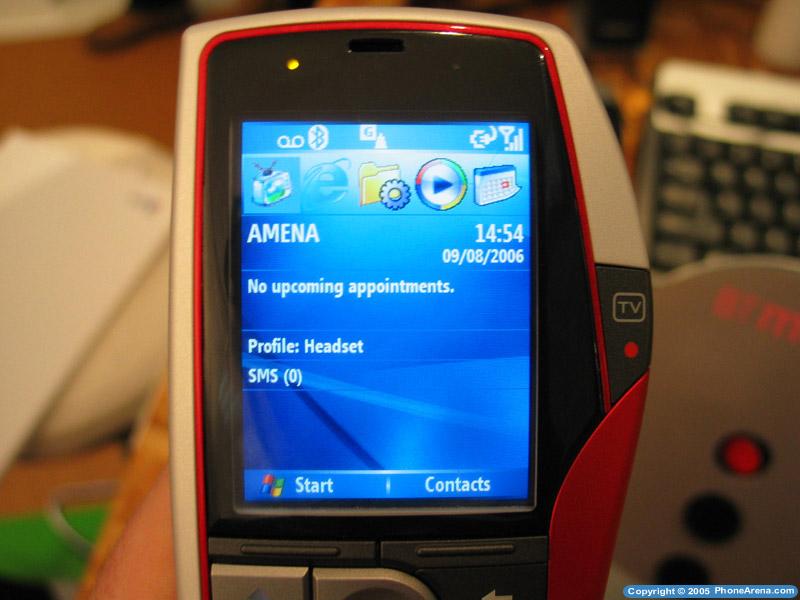
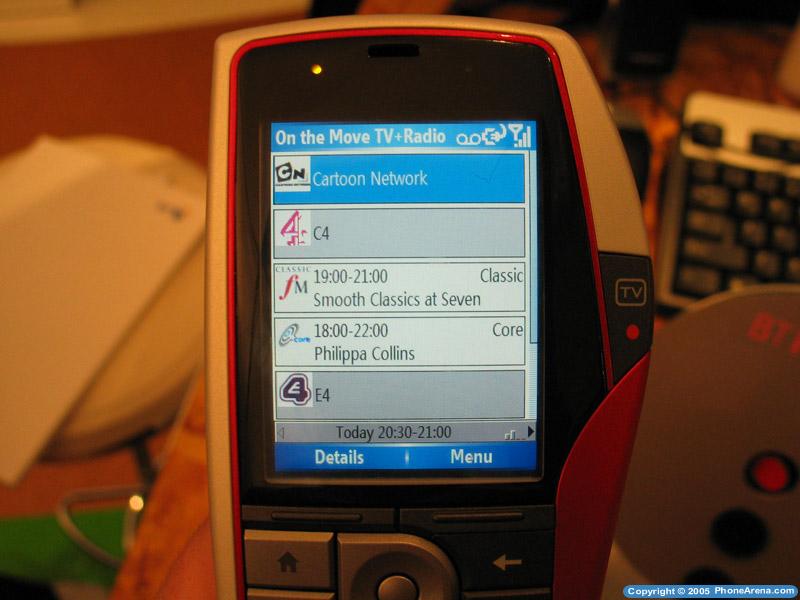
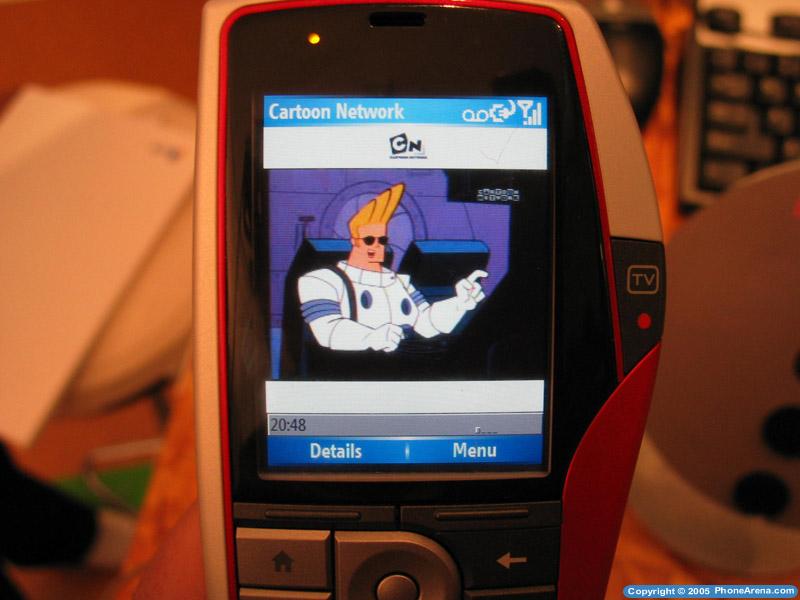









Things that are NOT allowed: